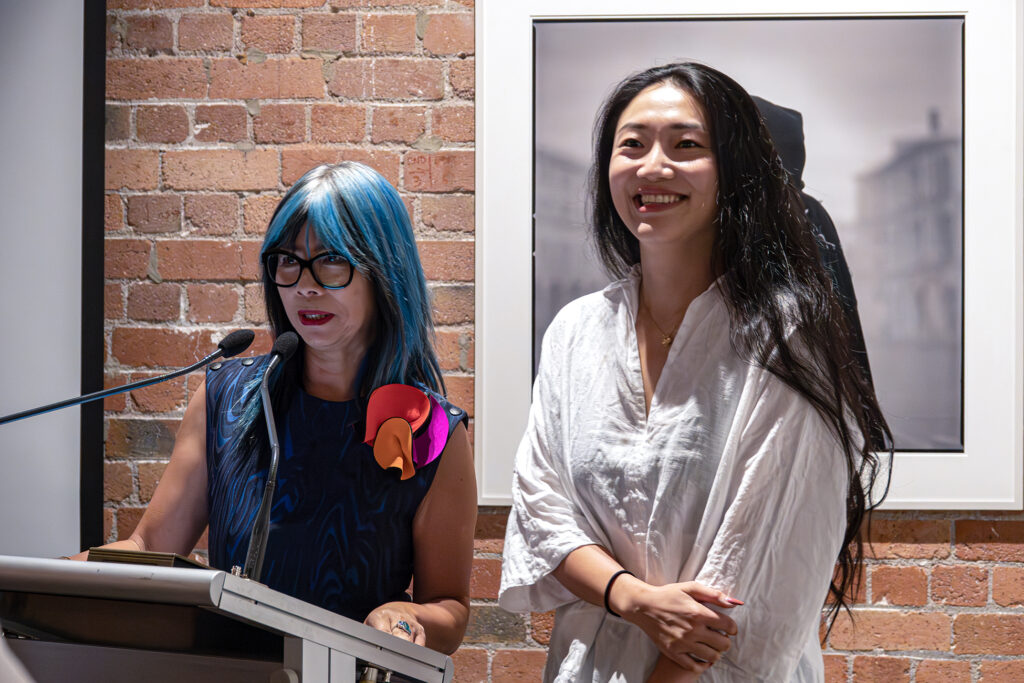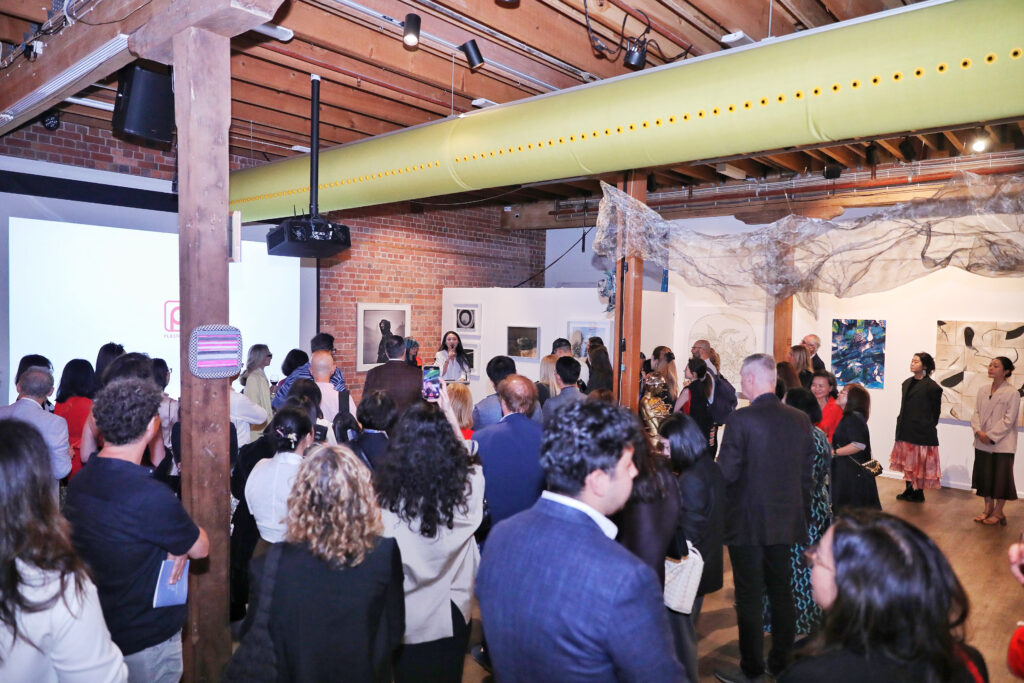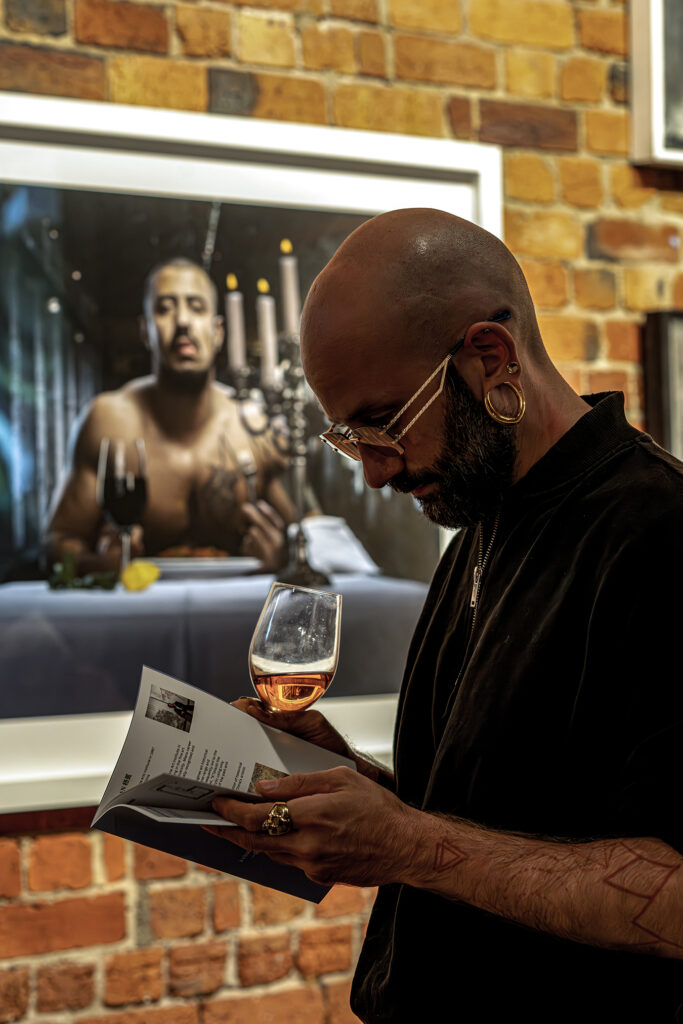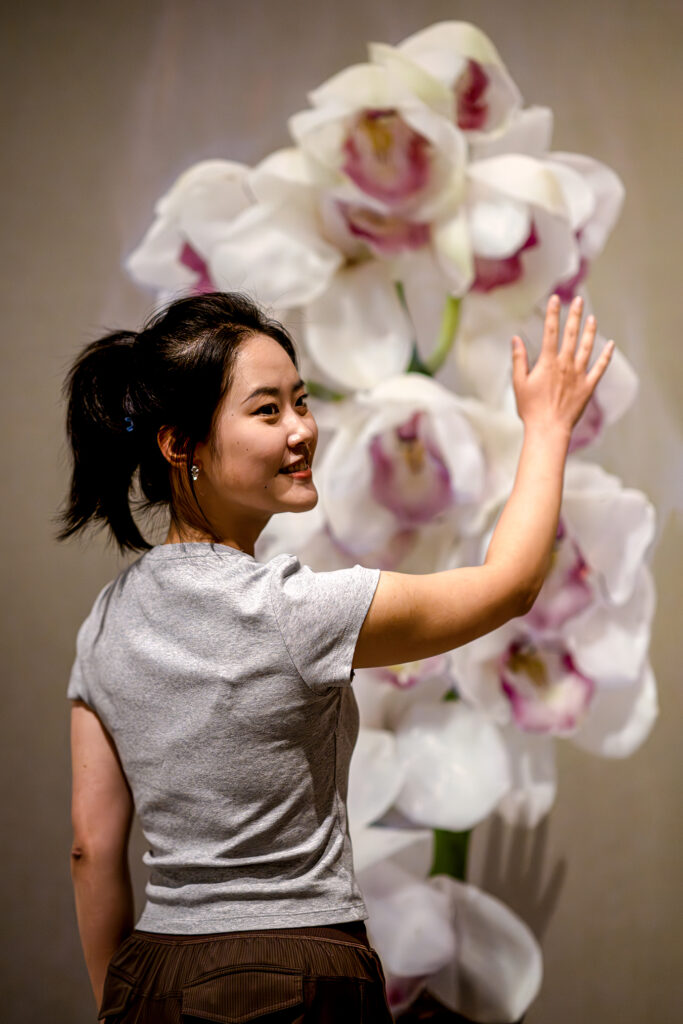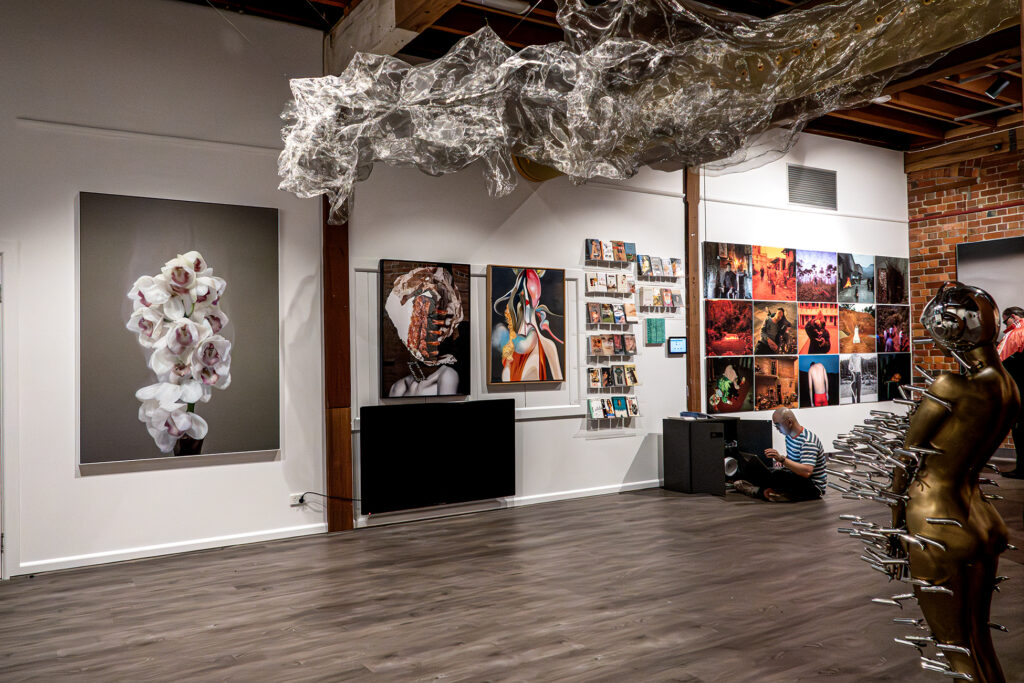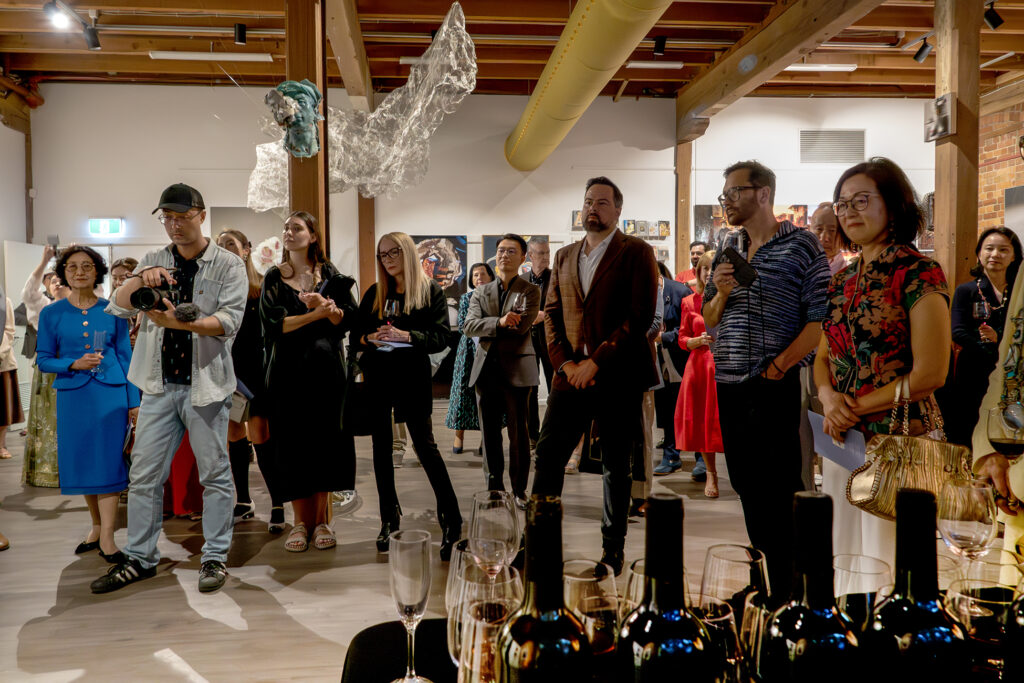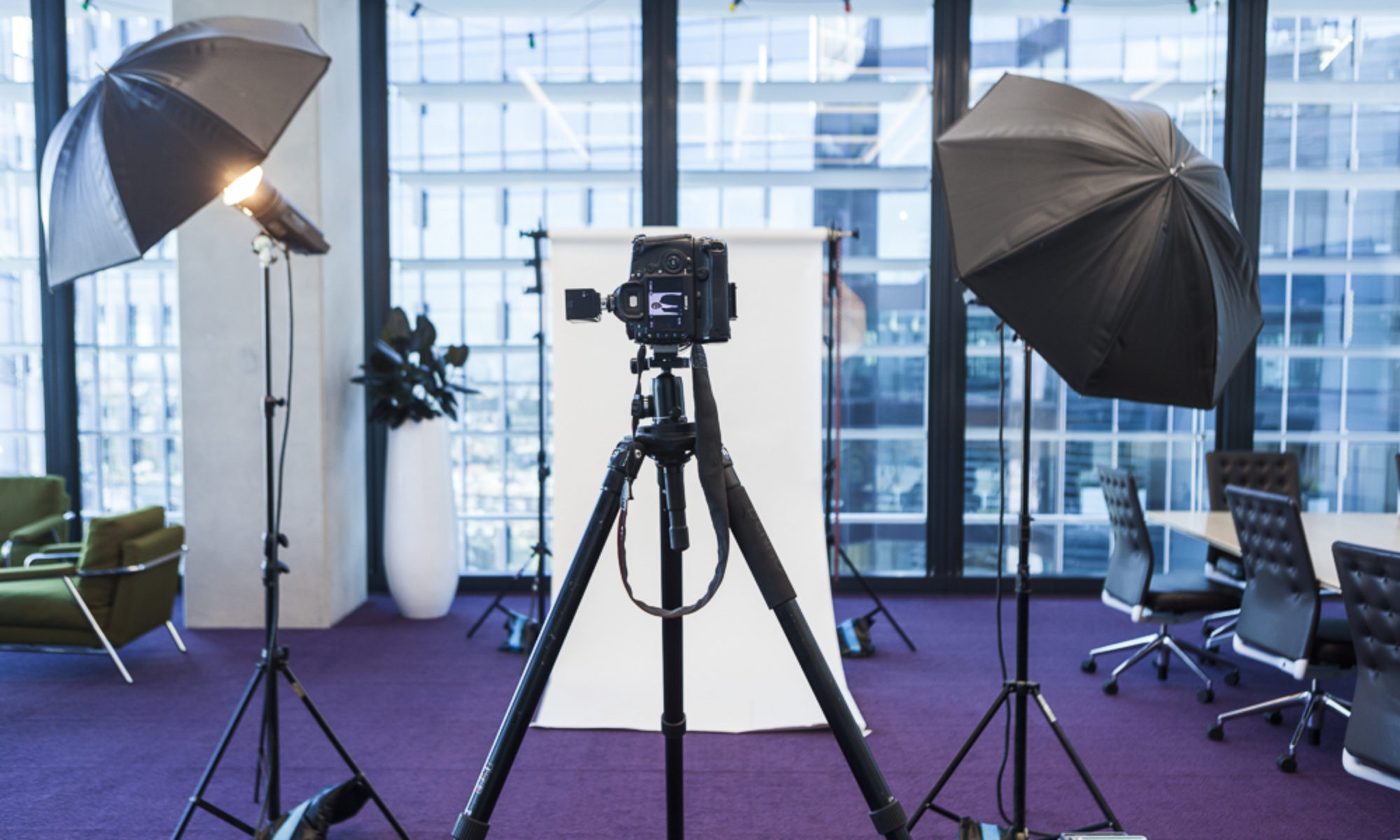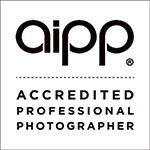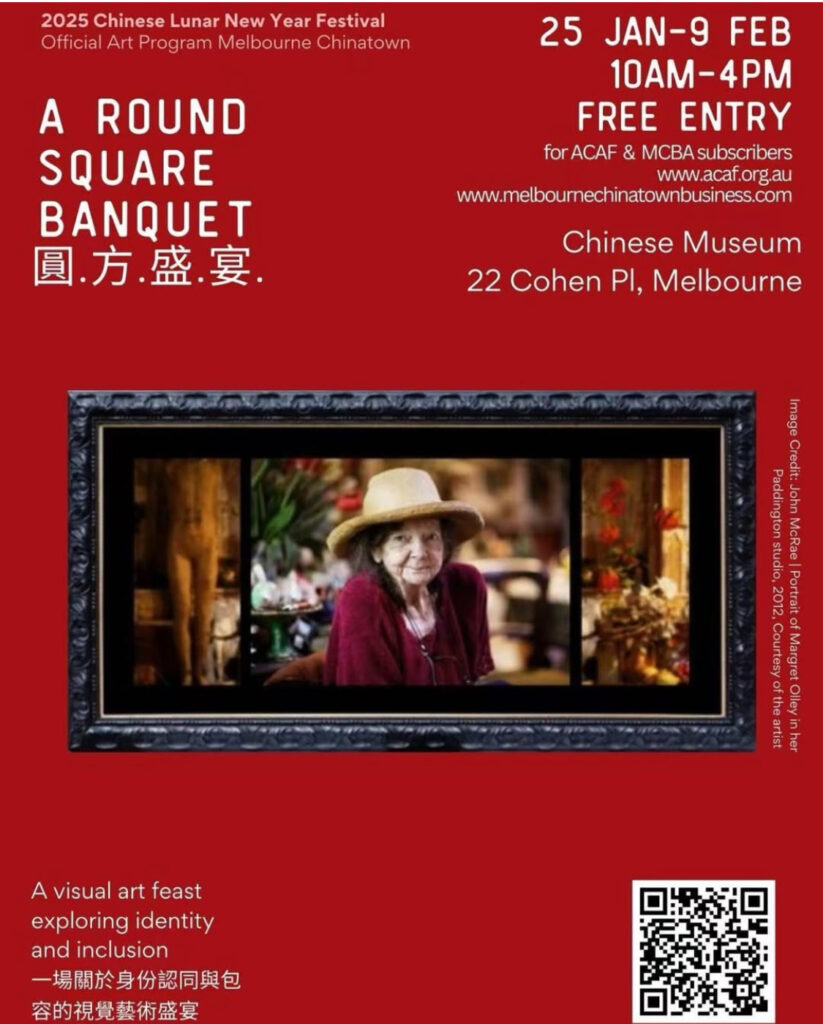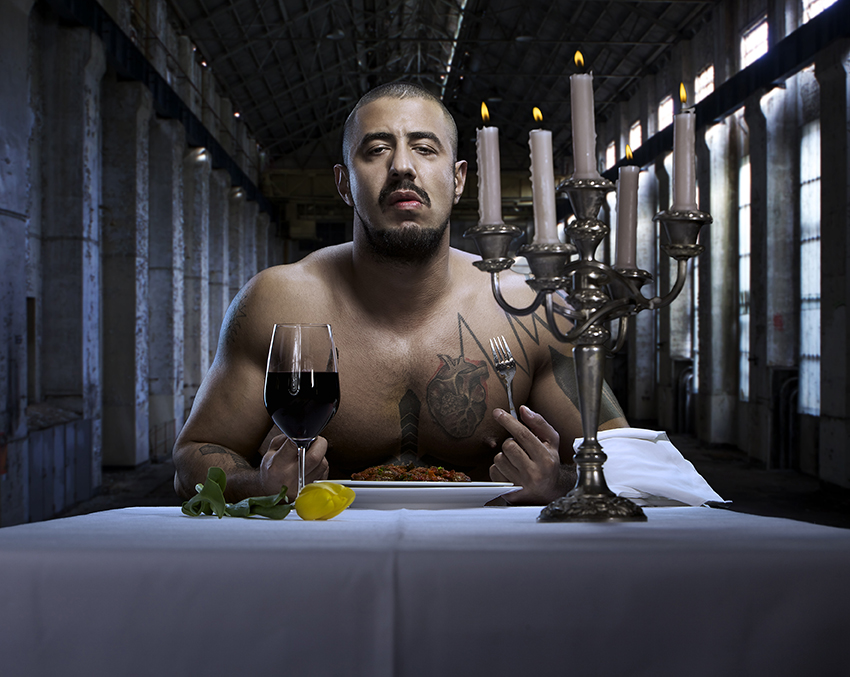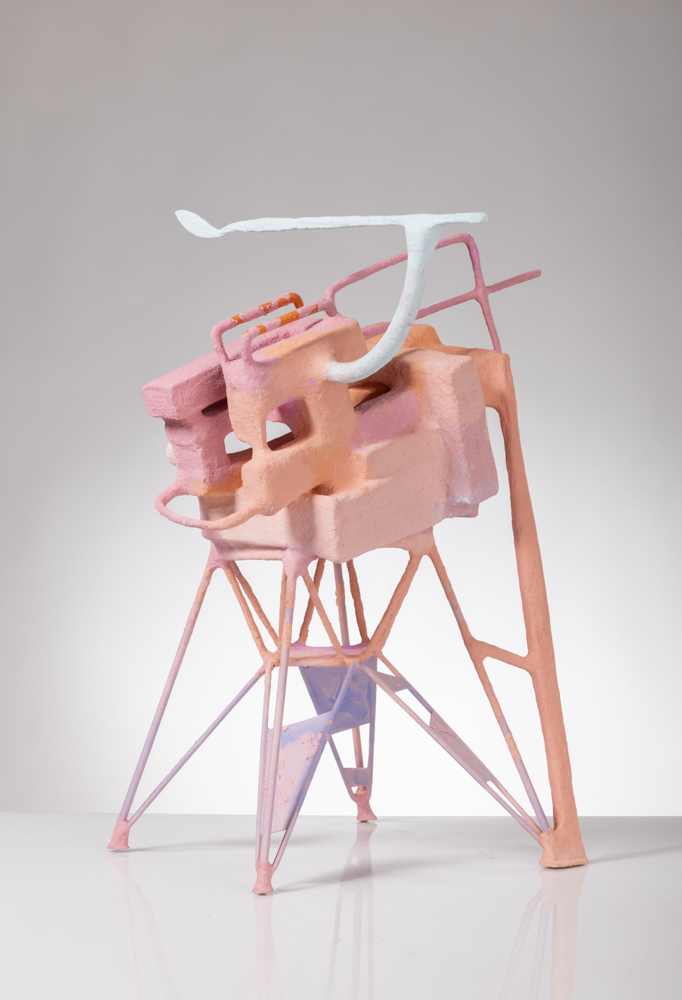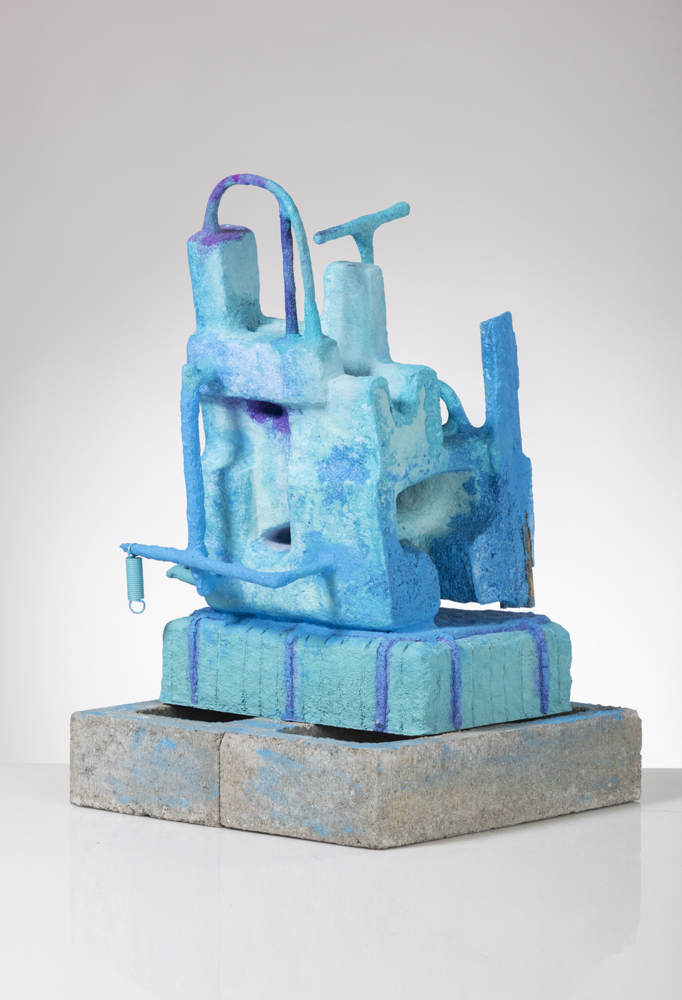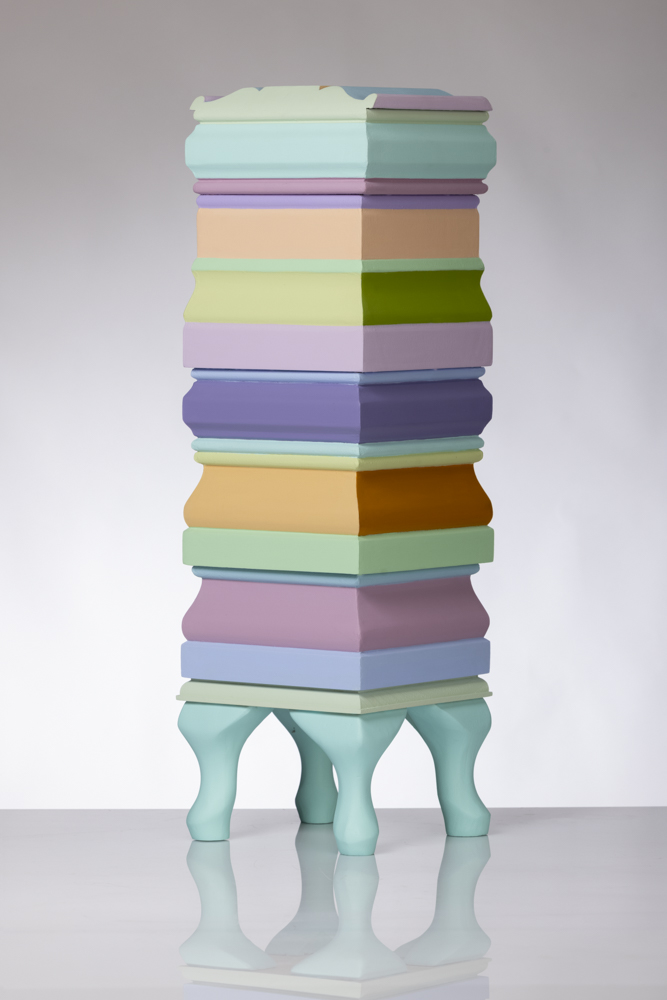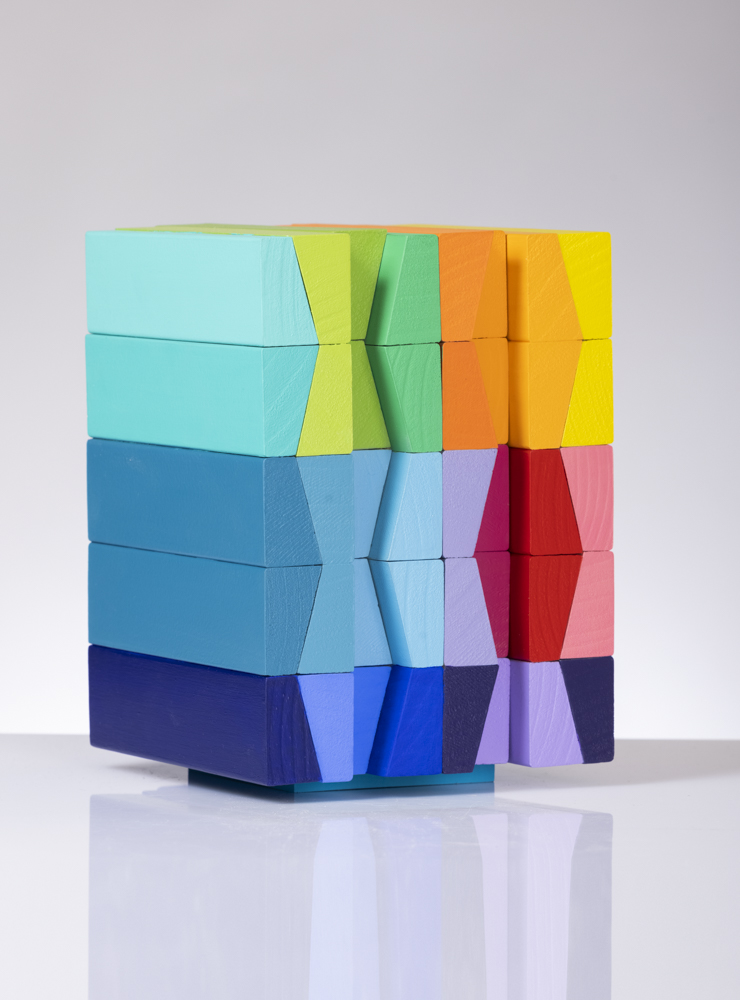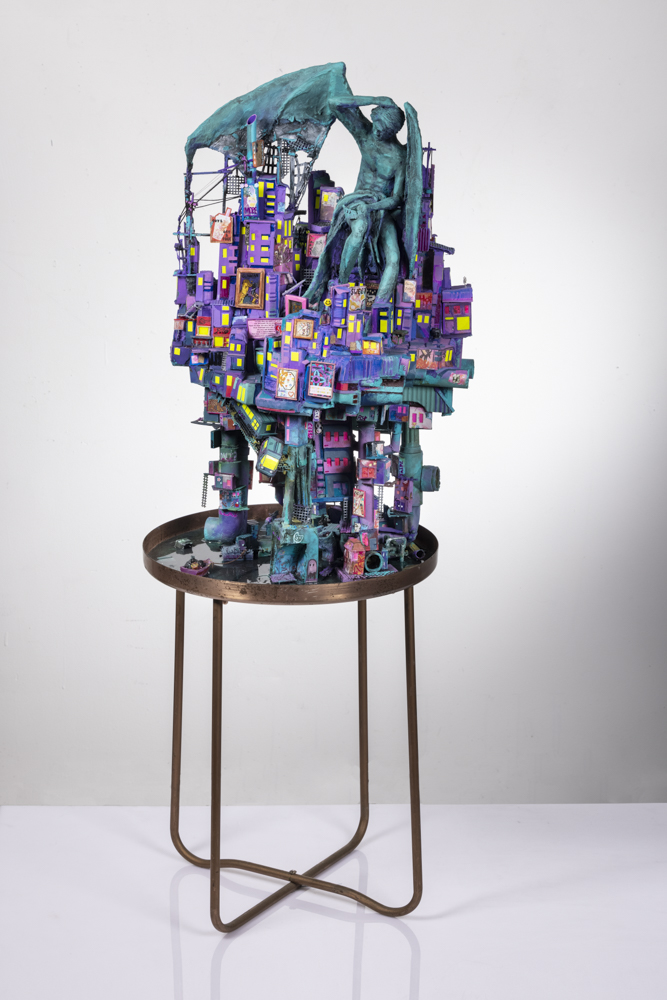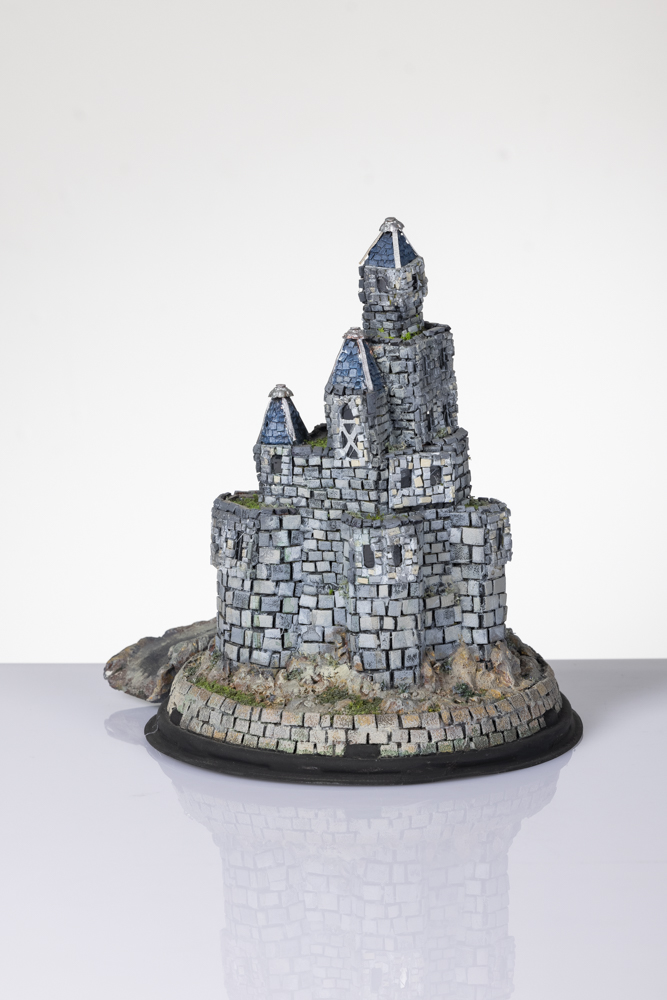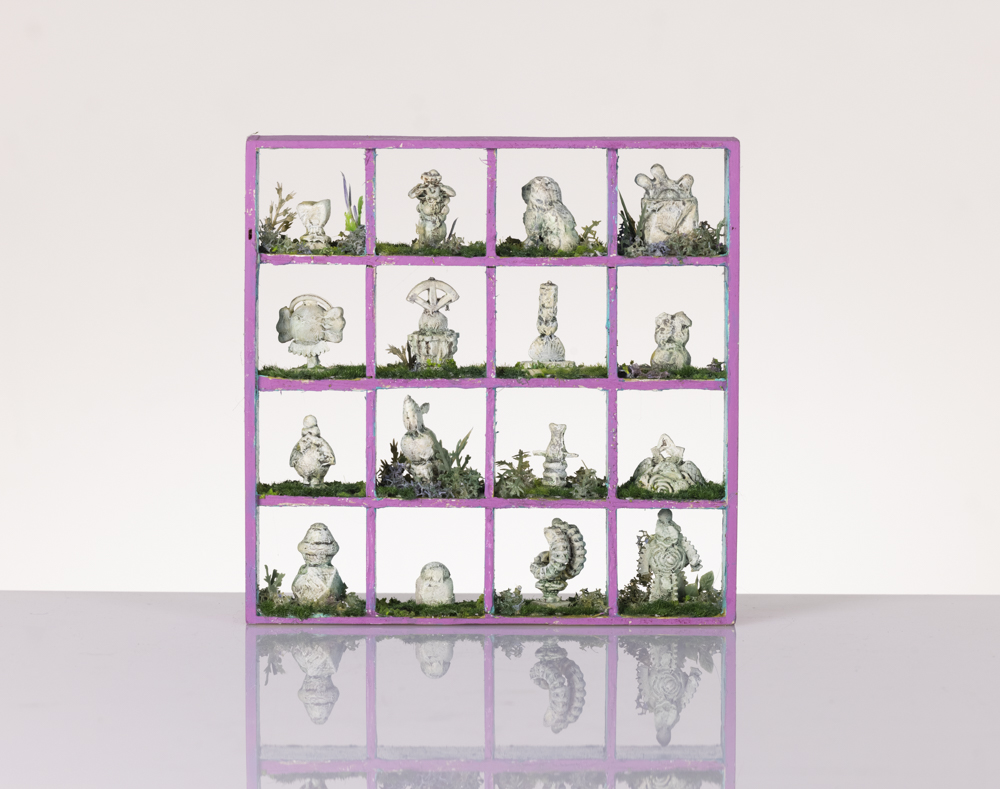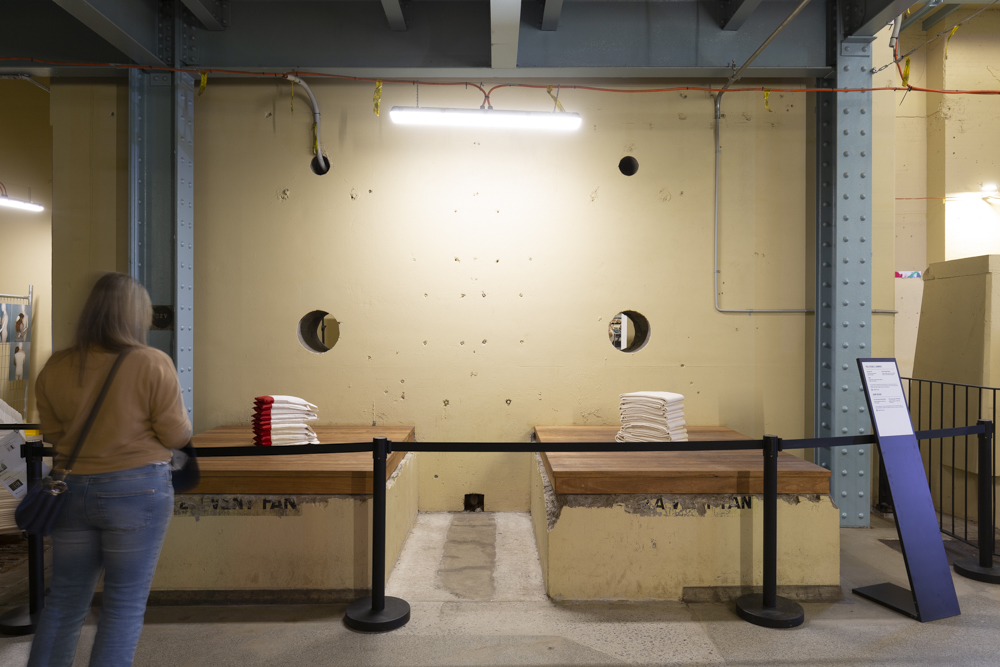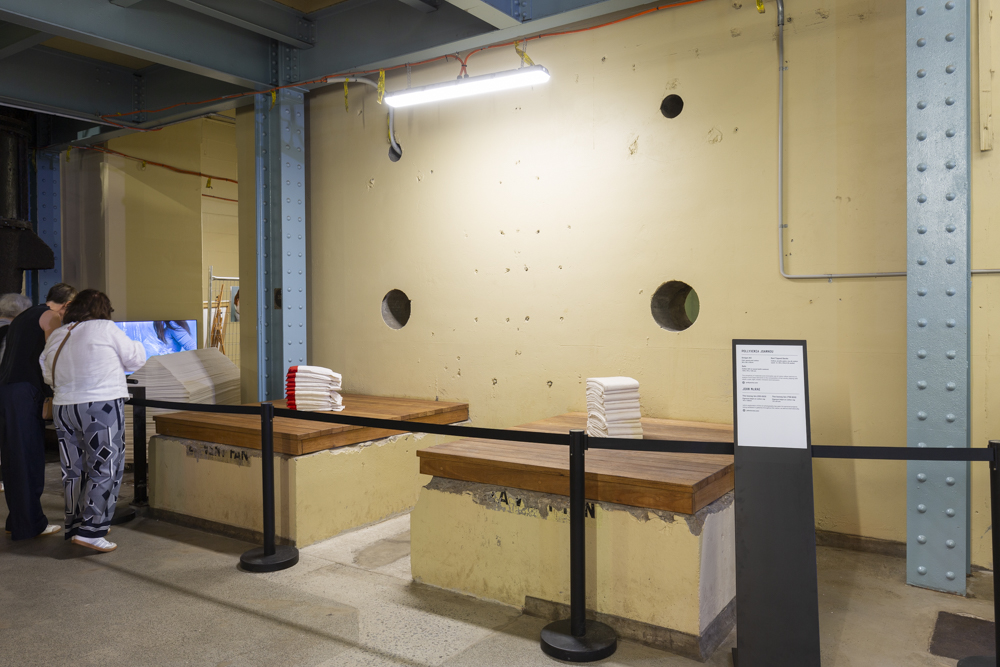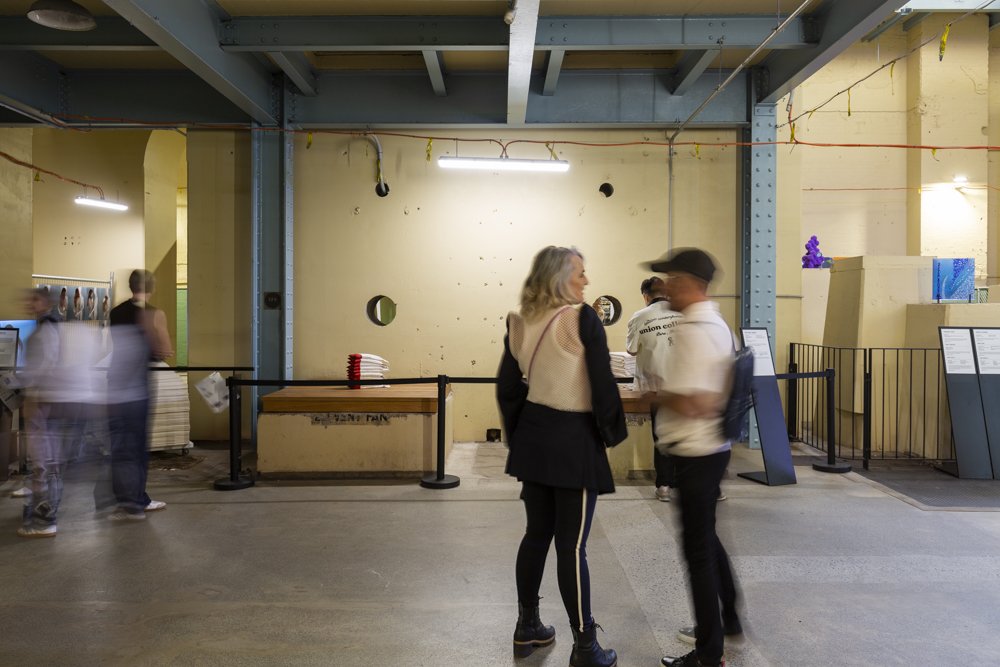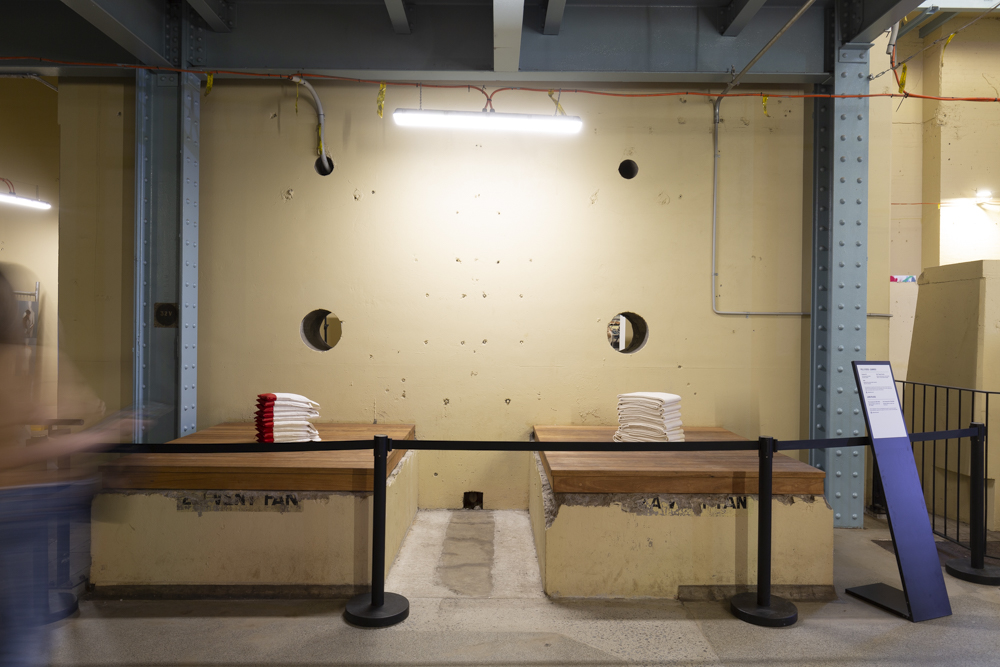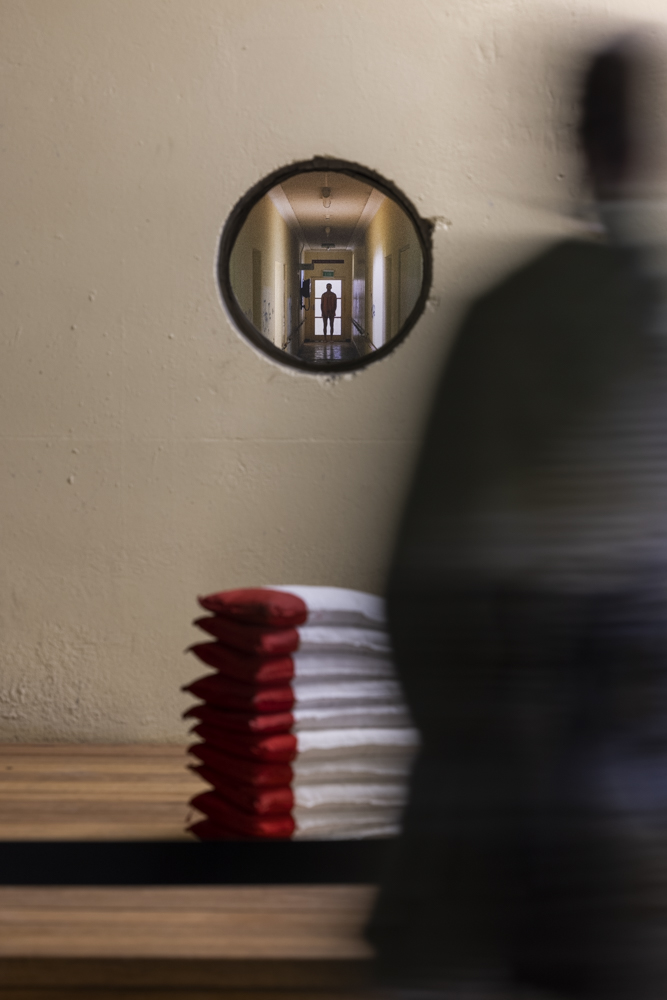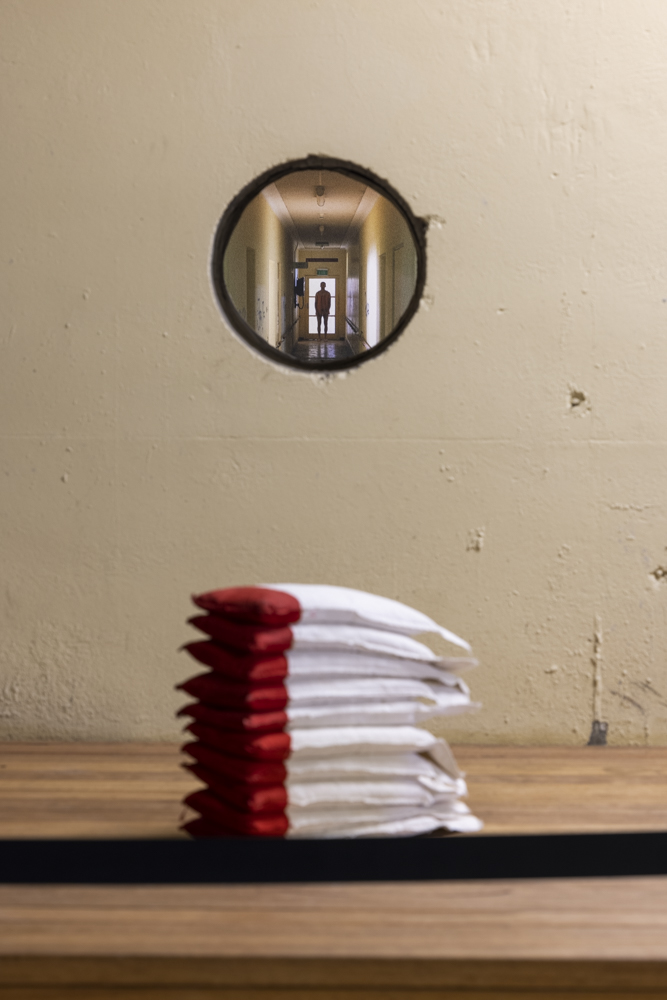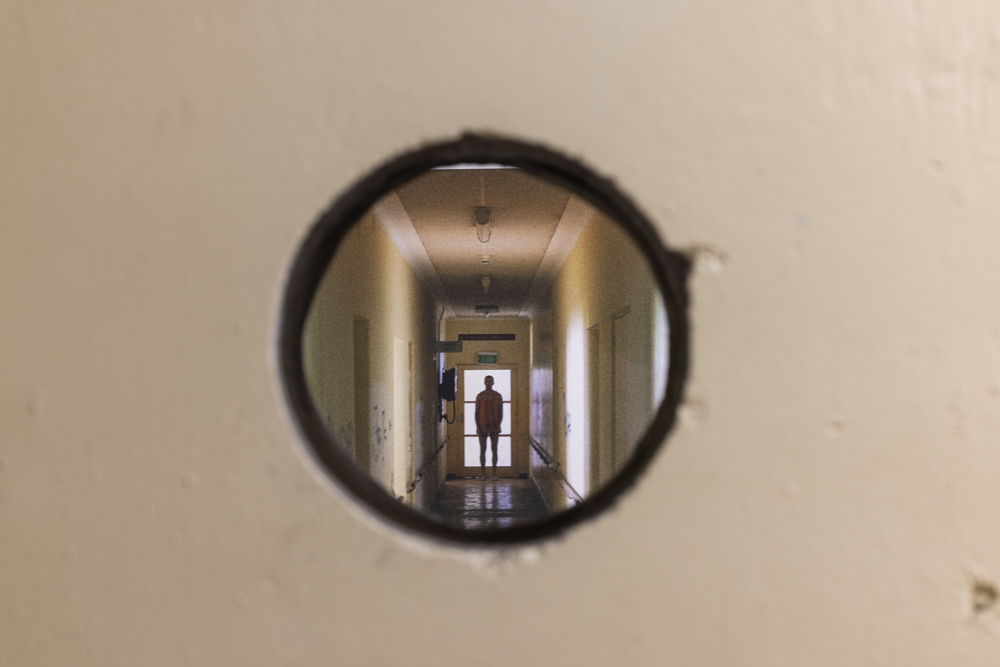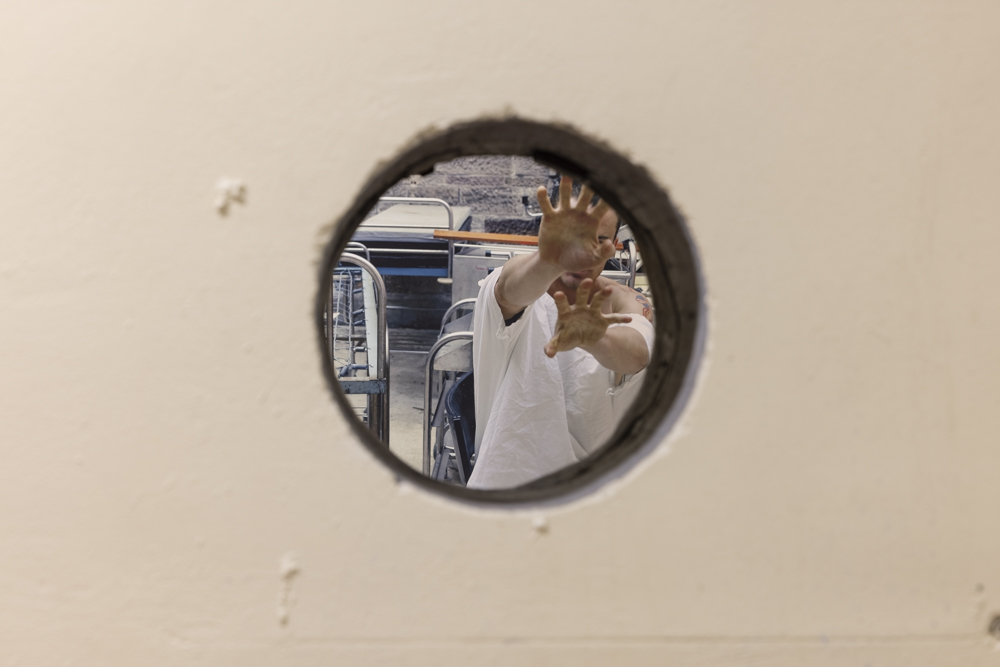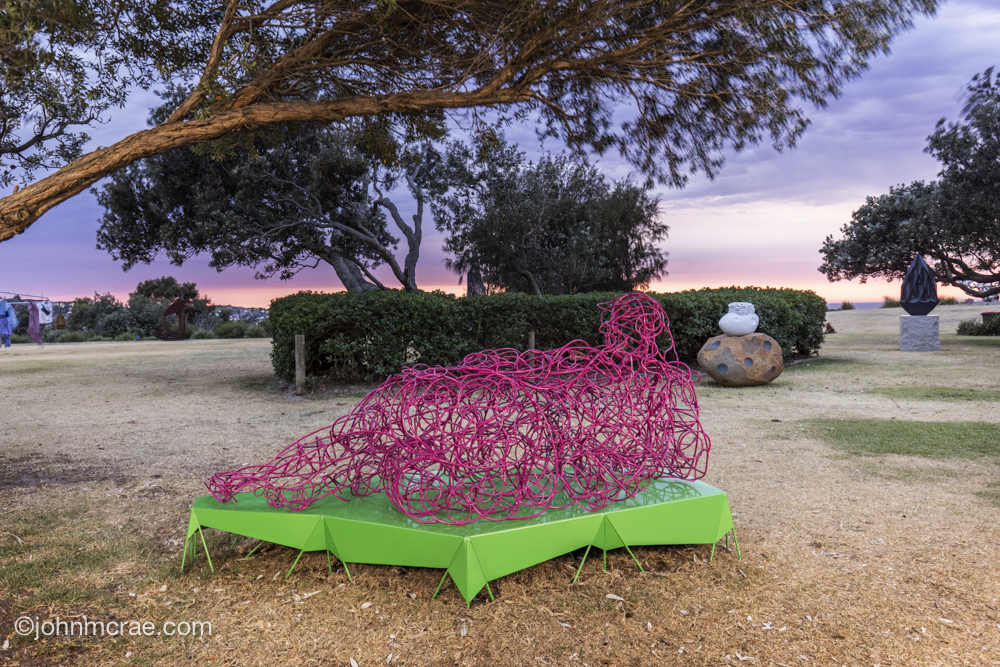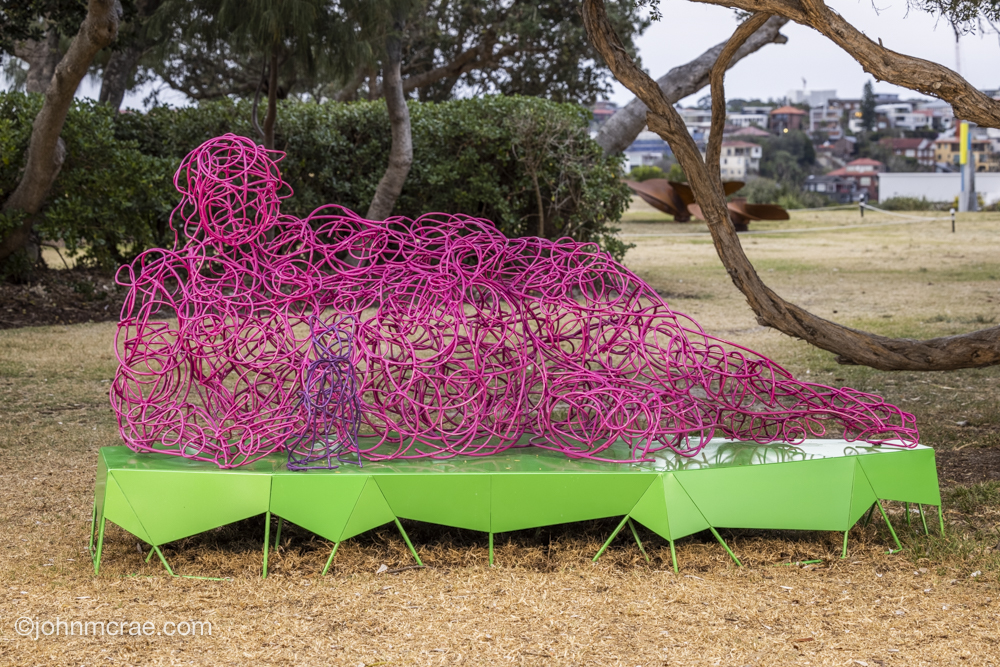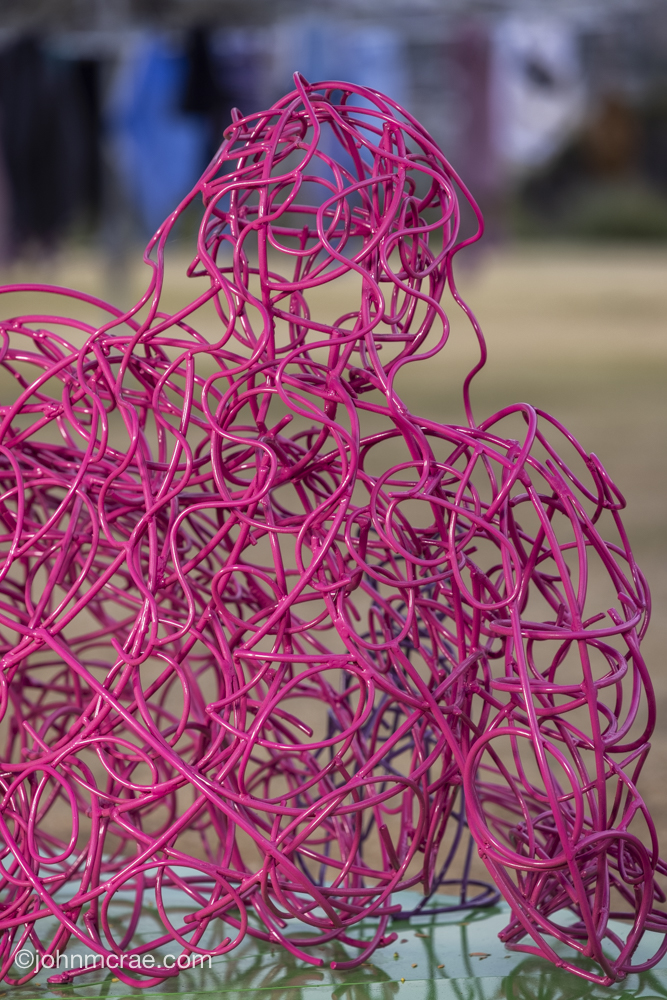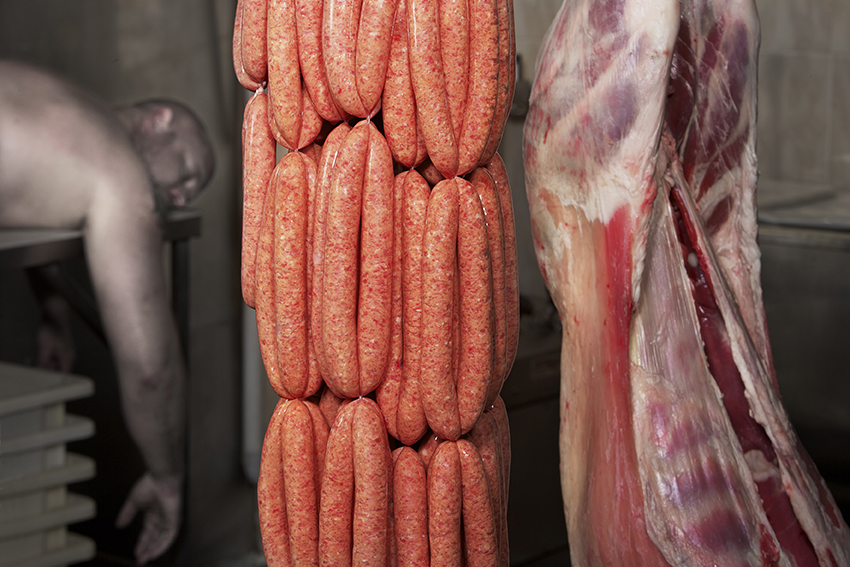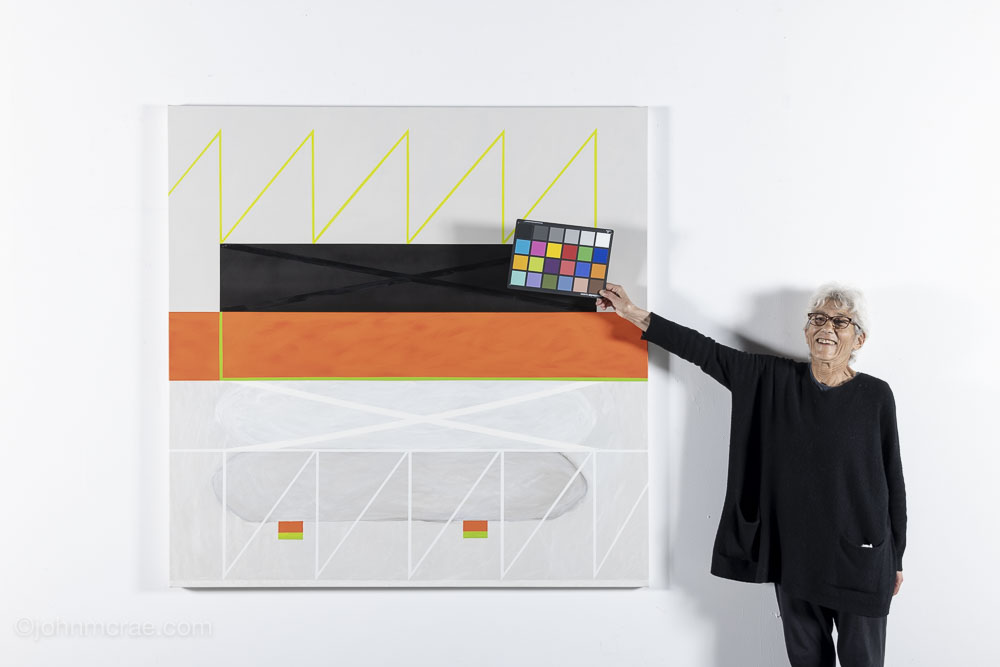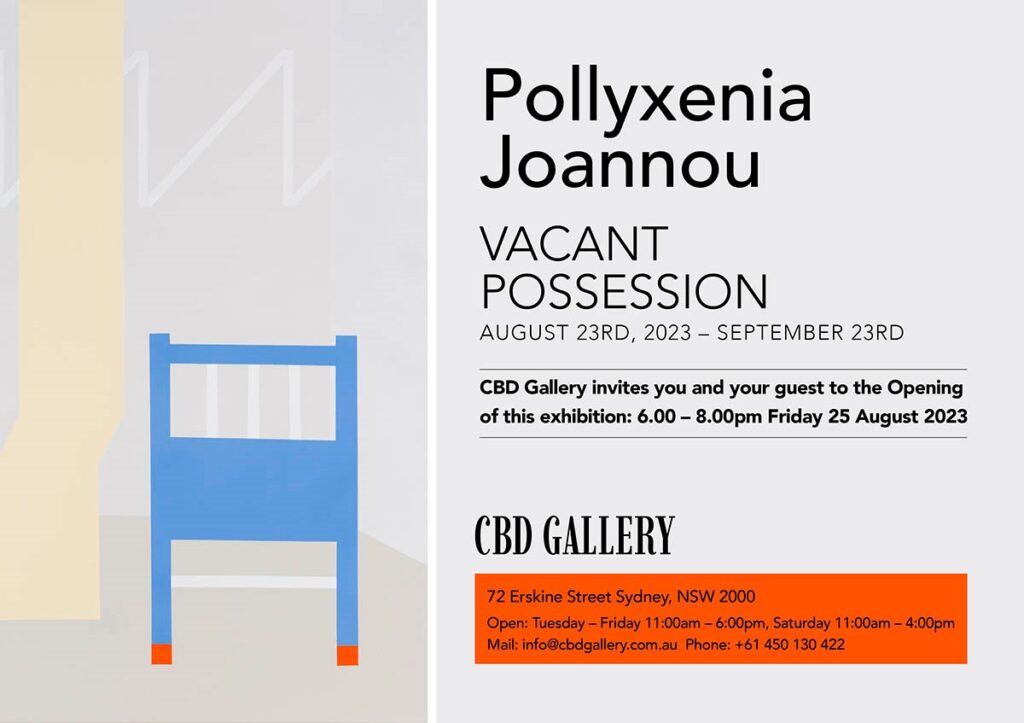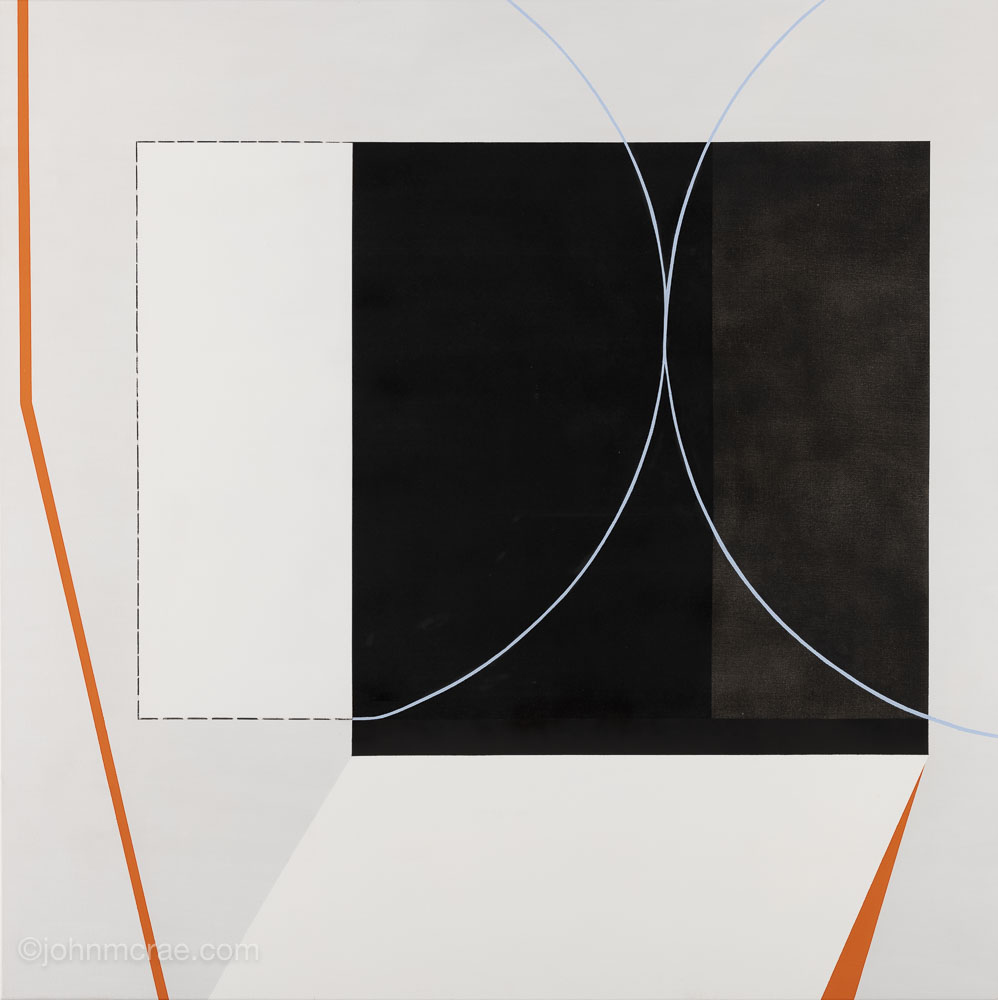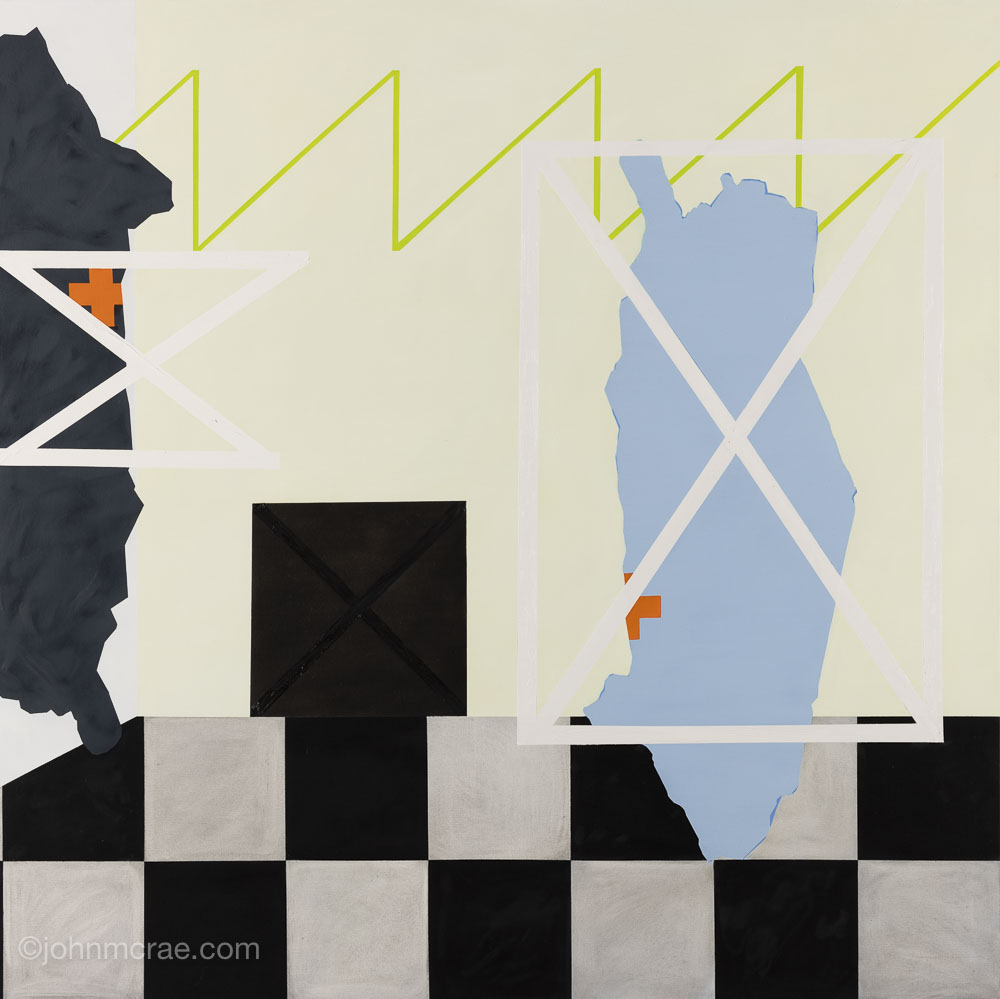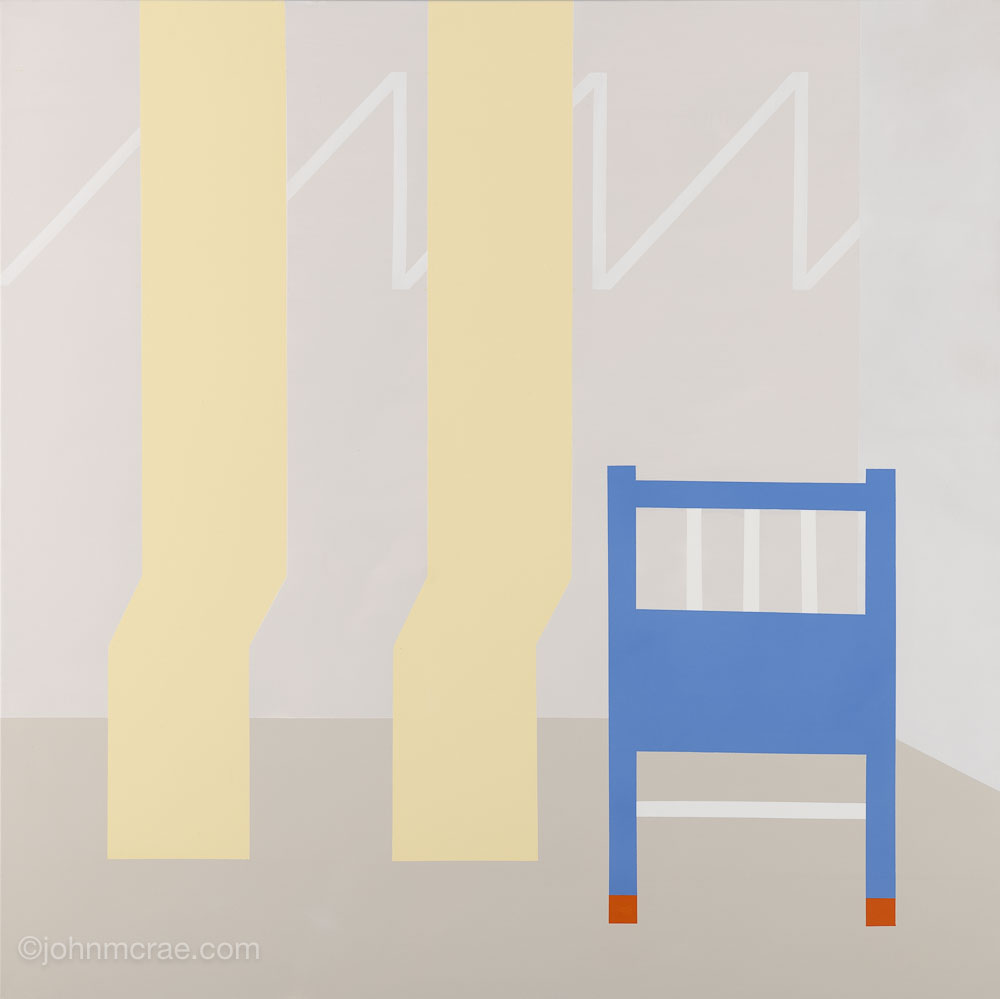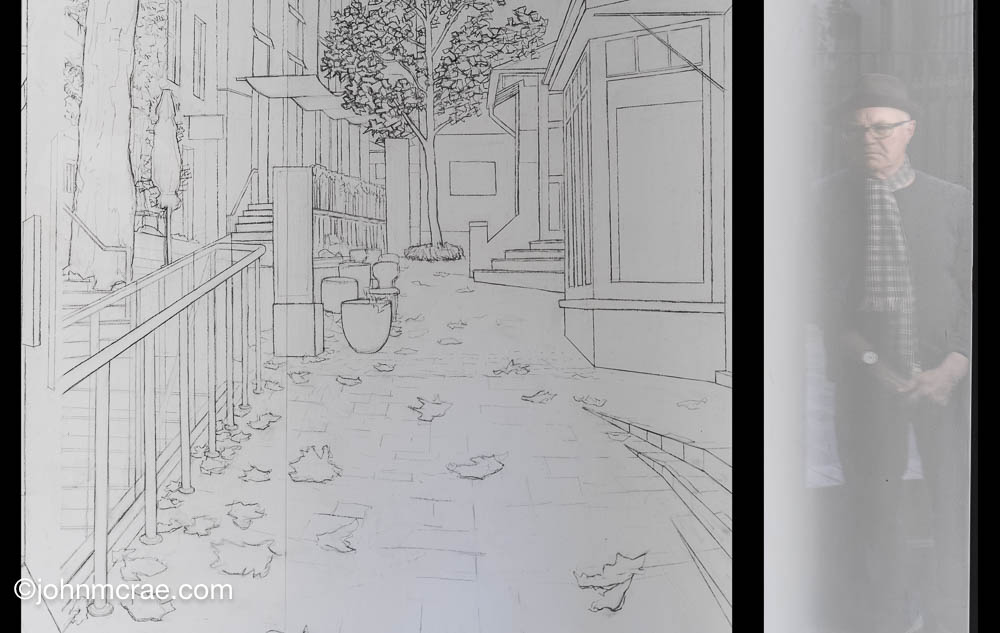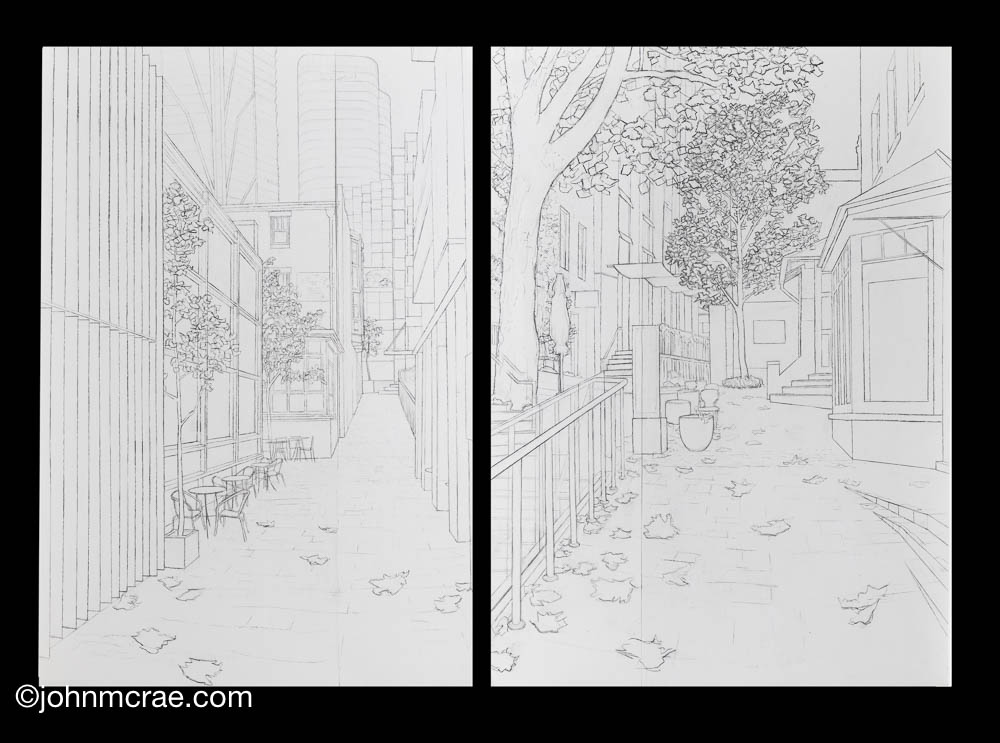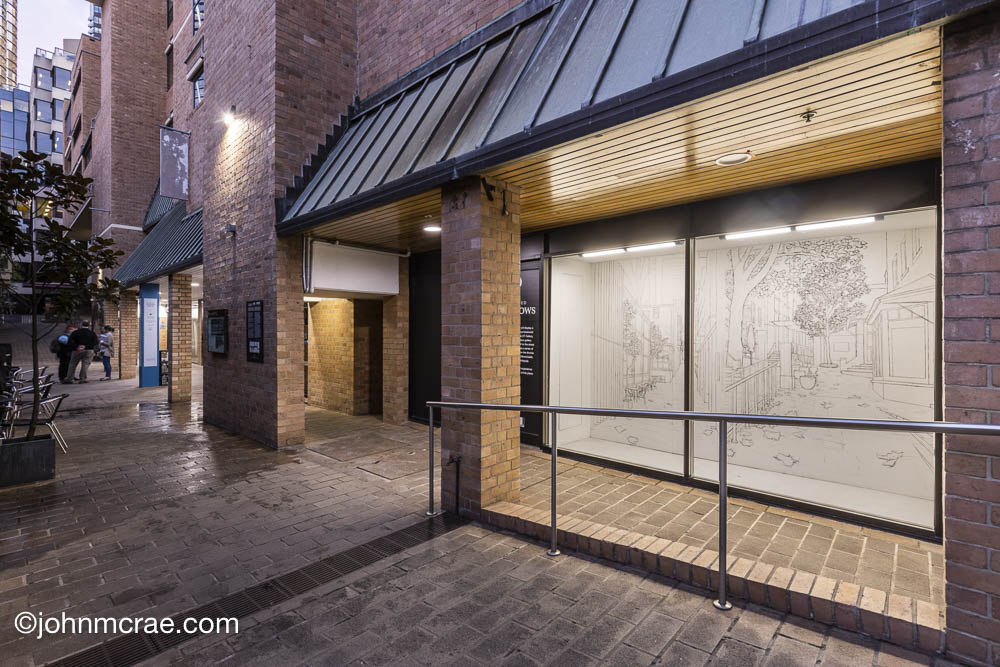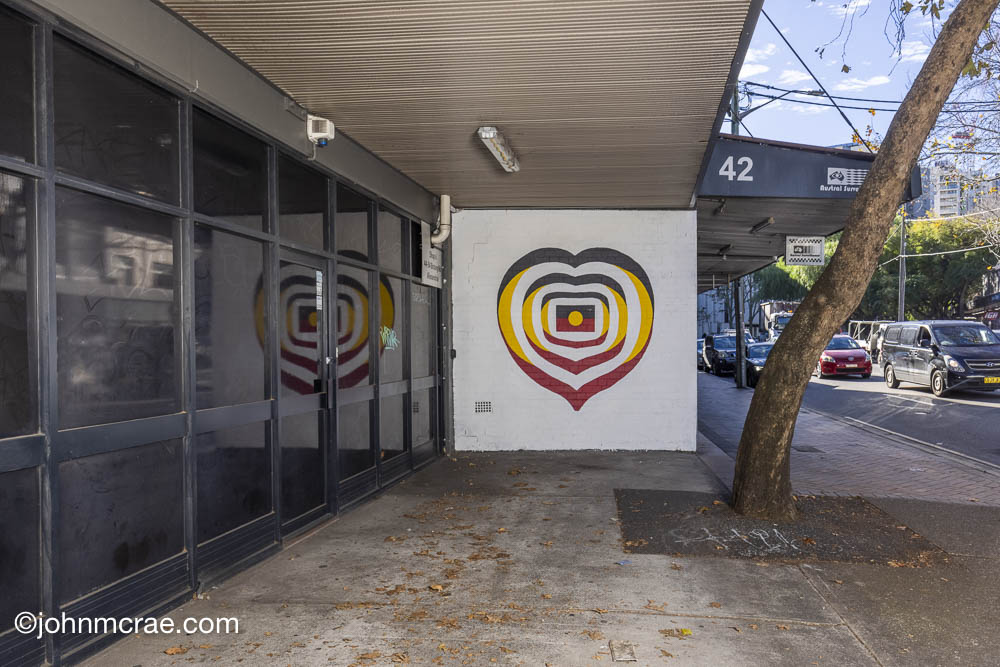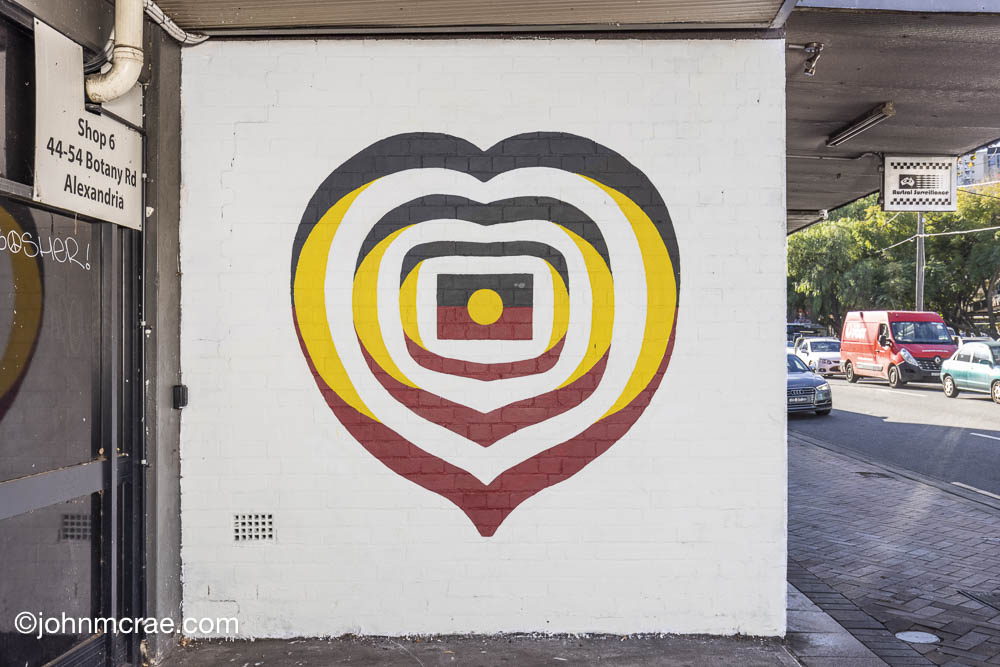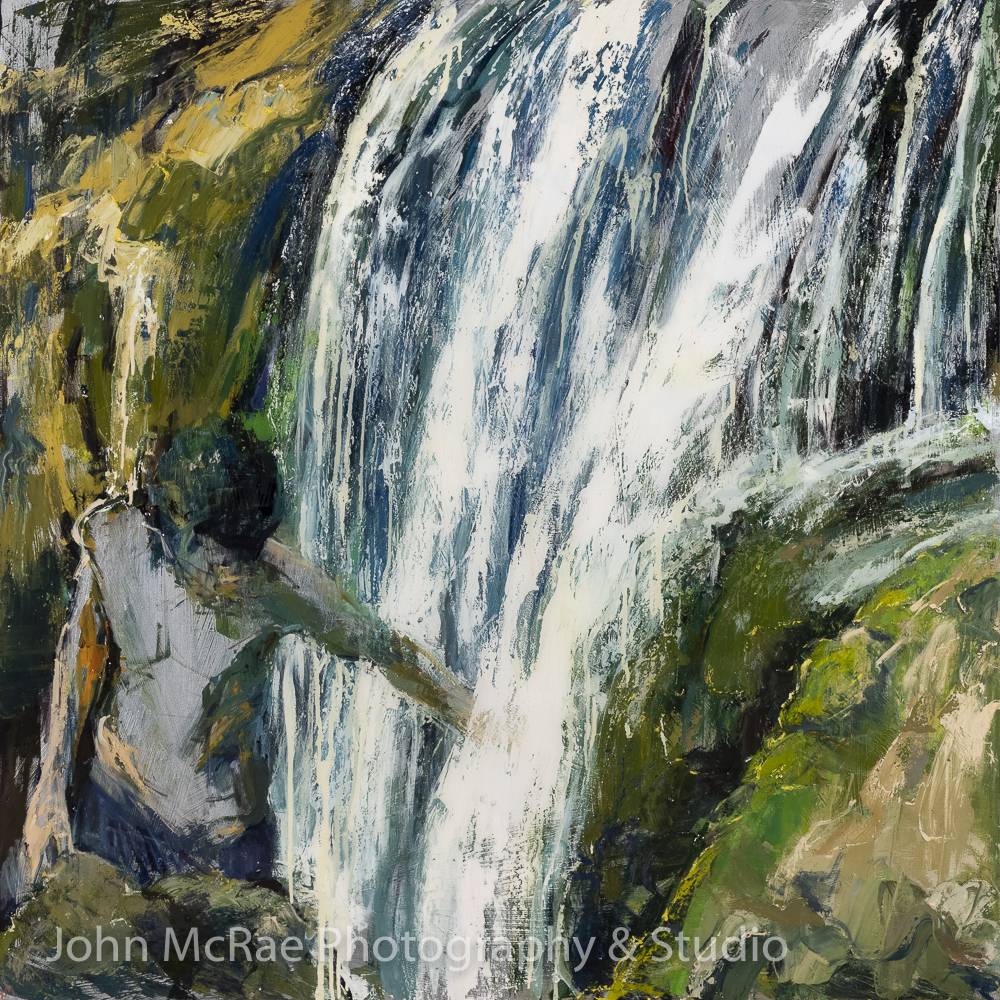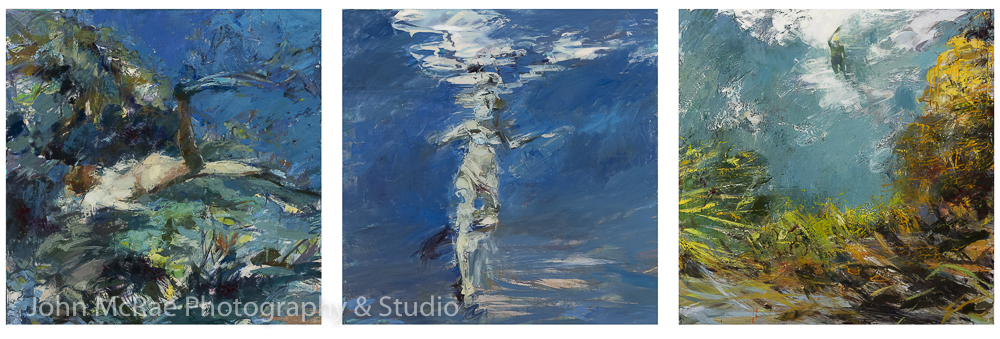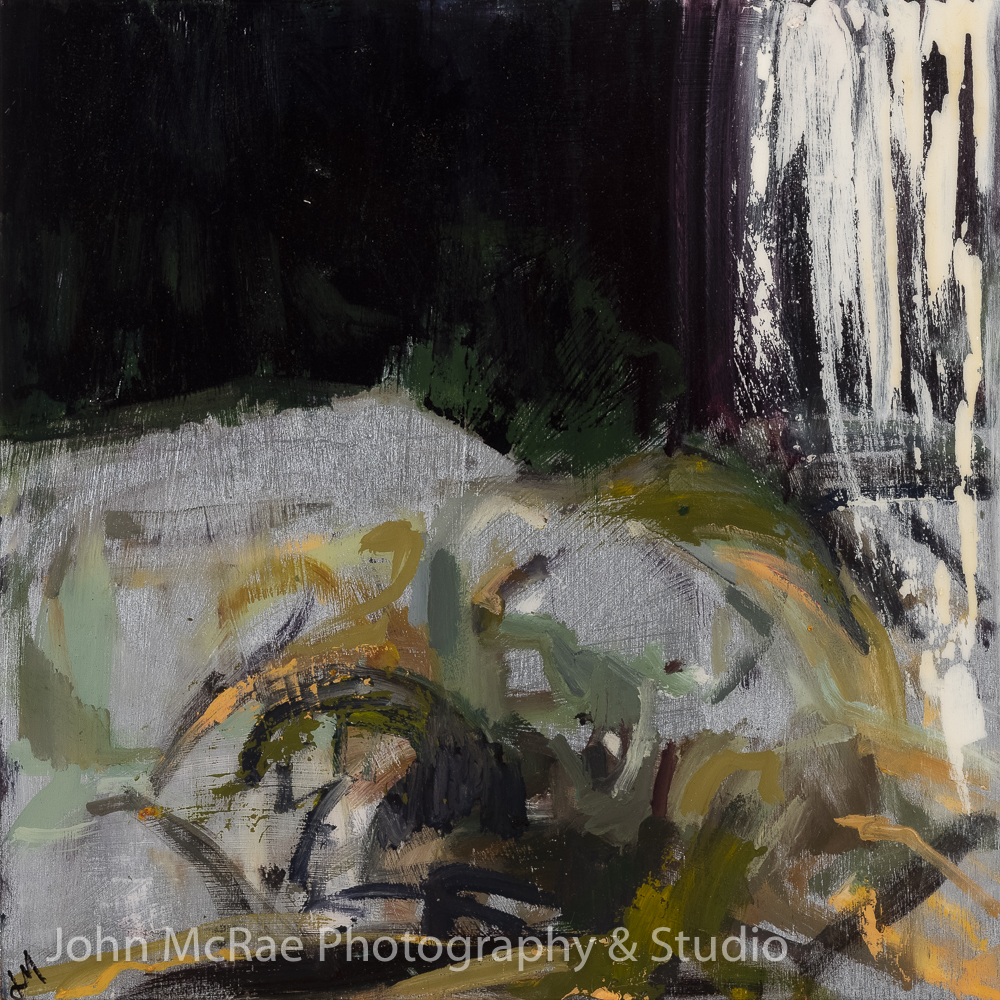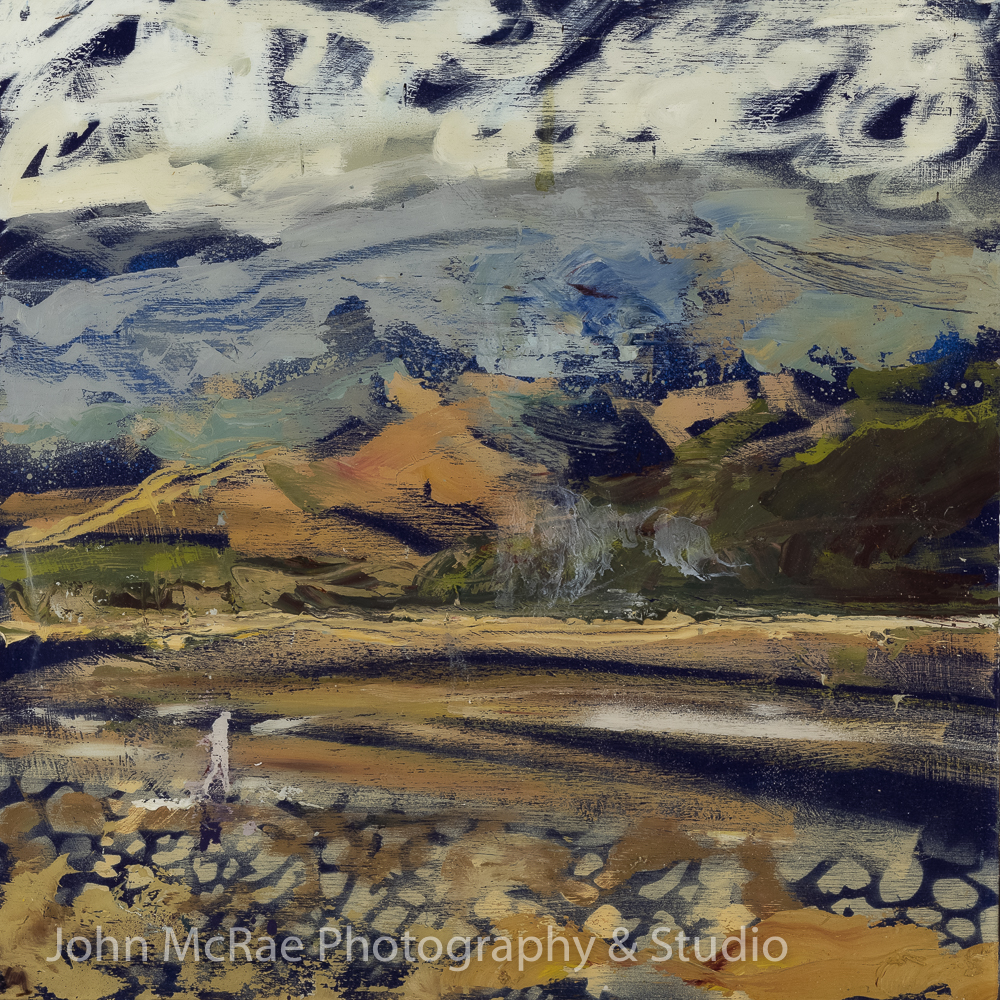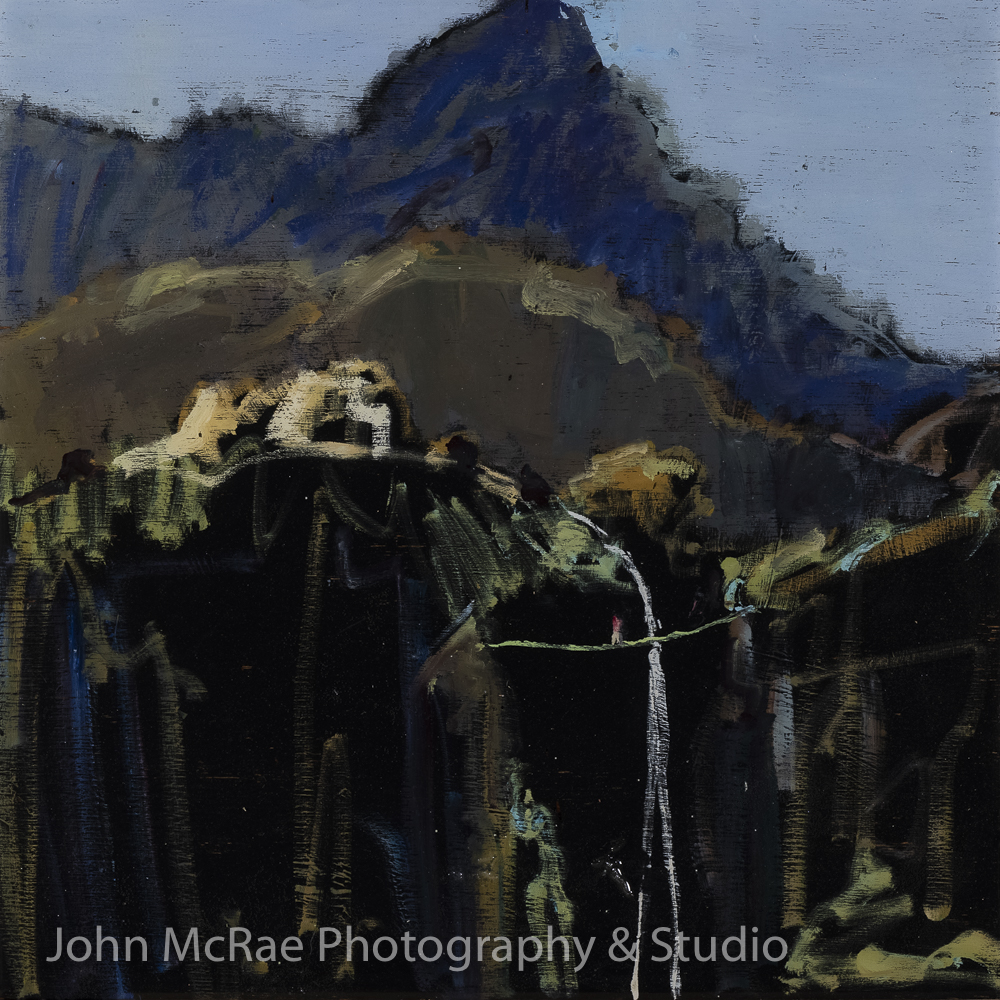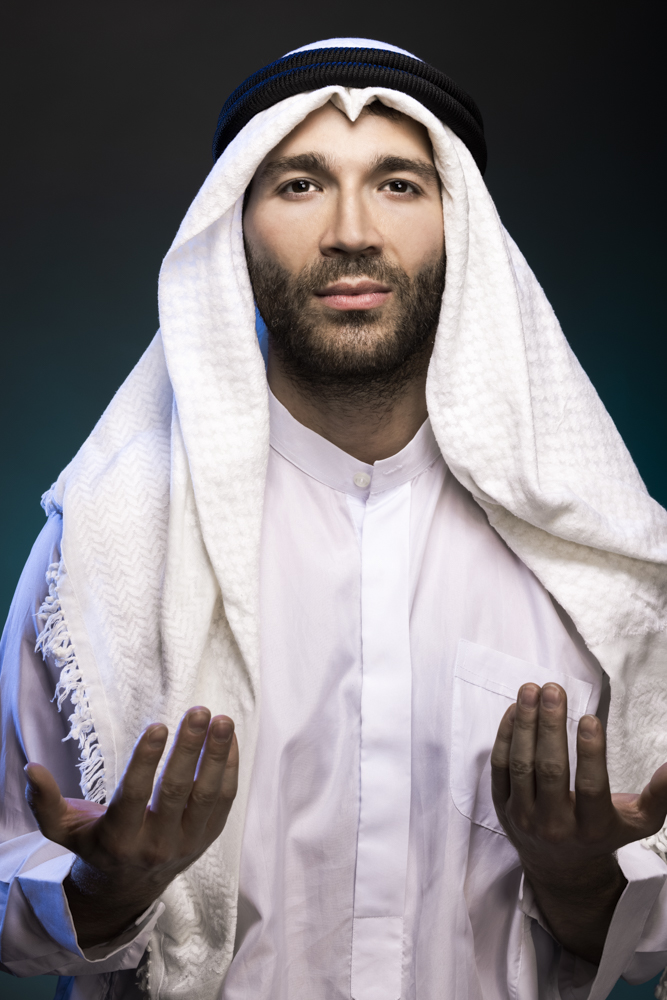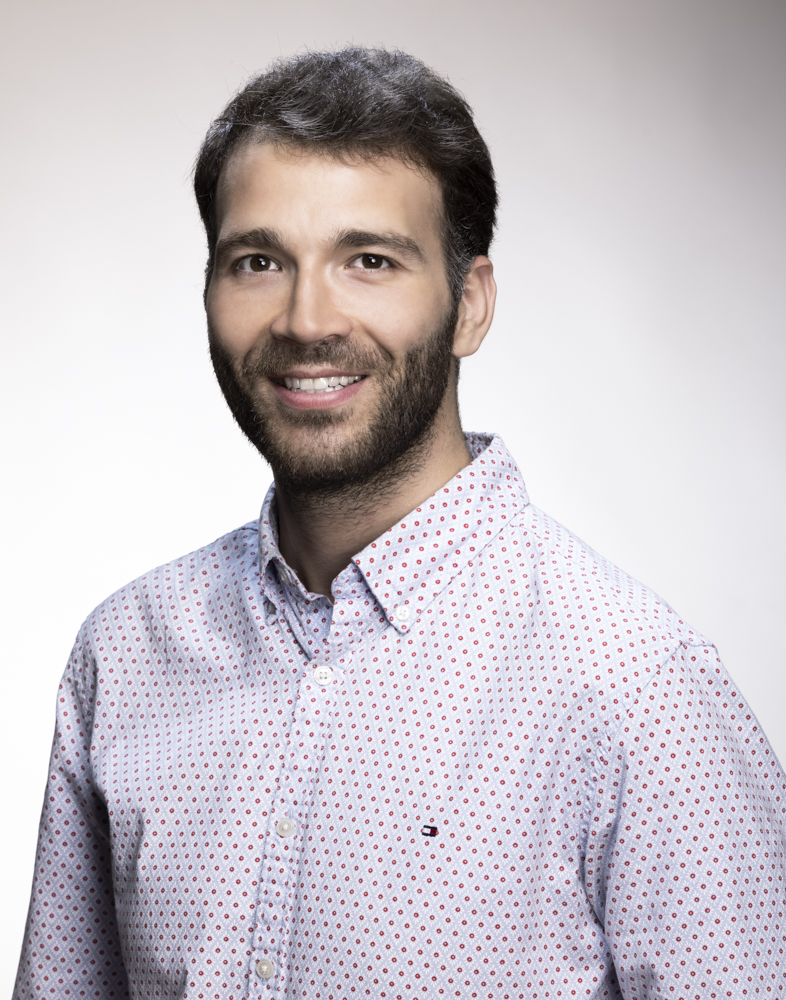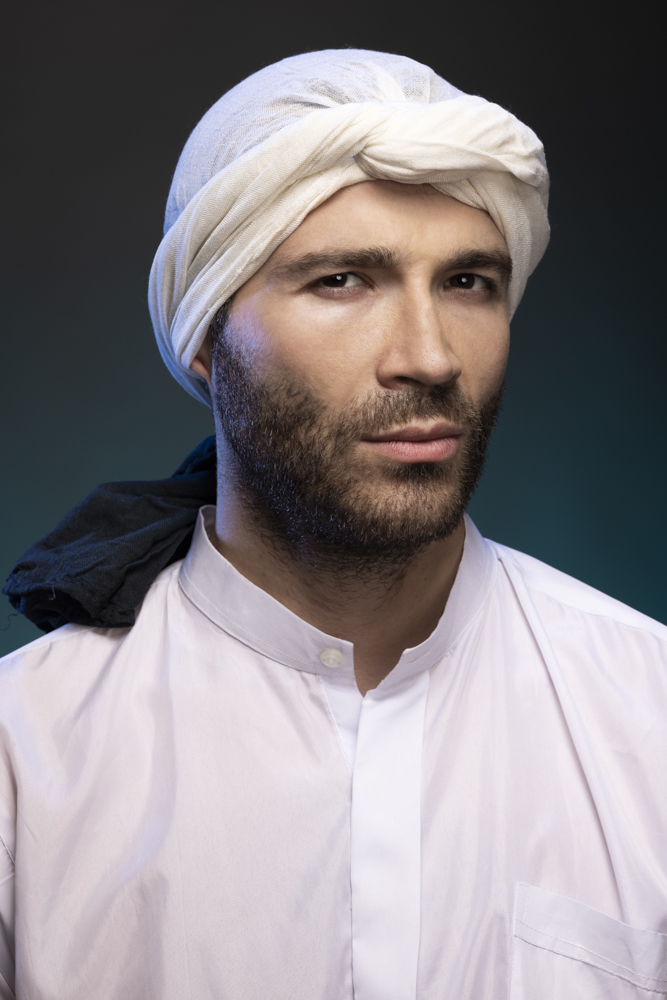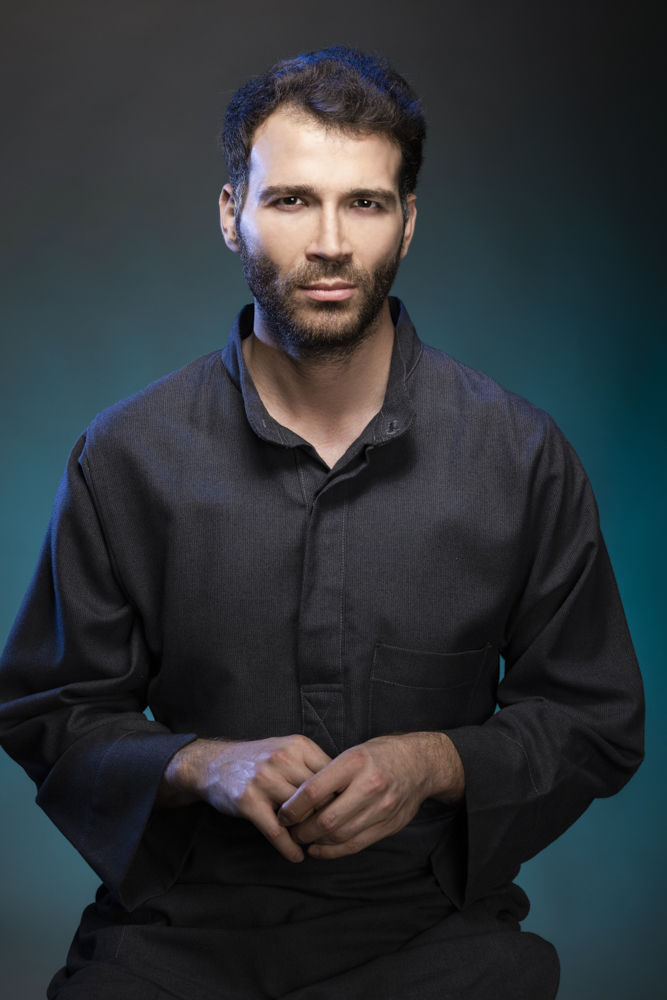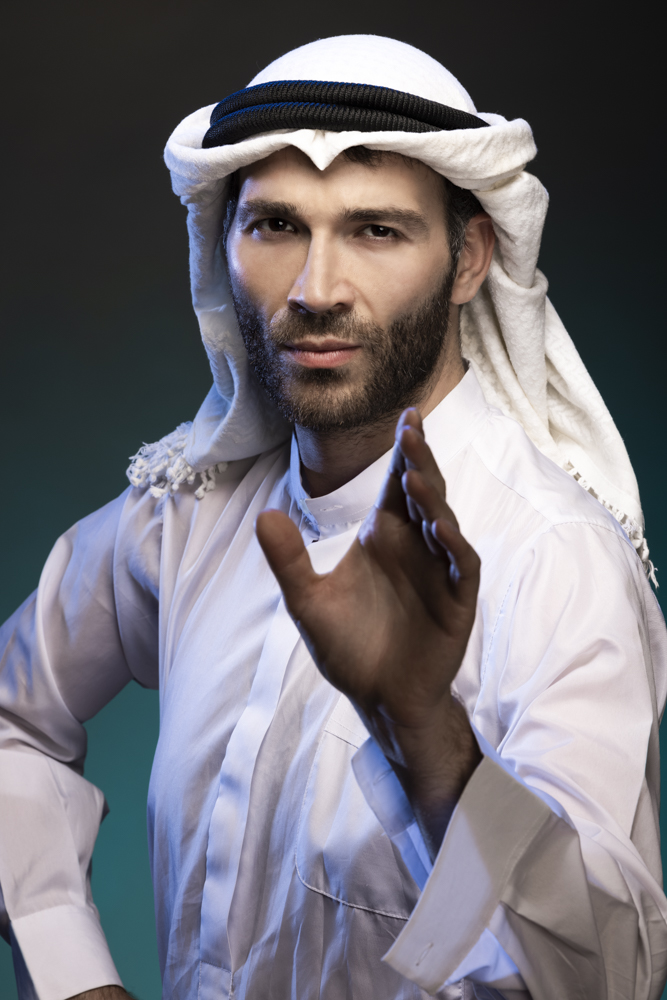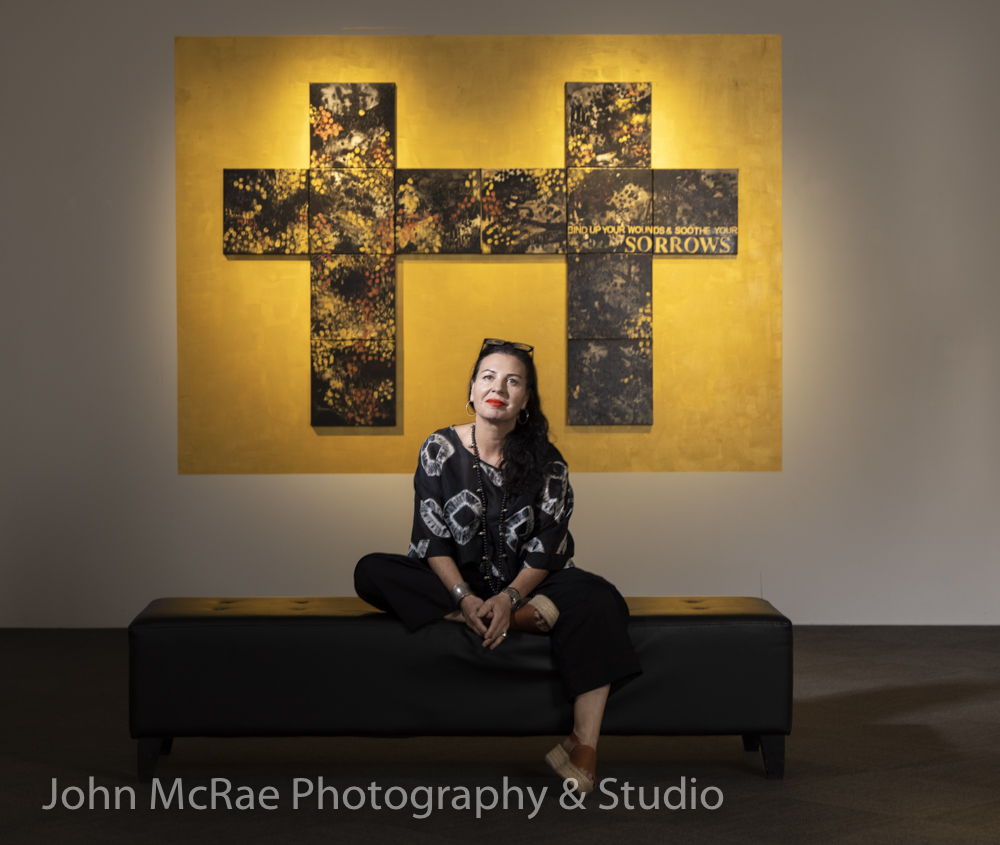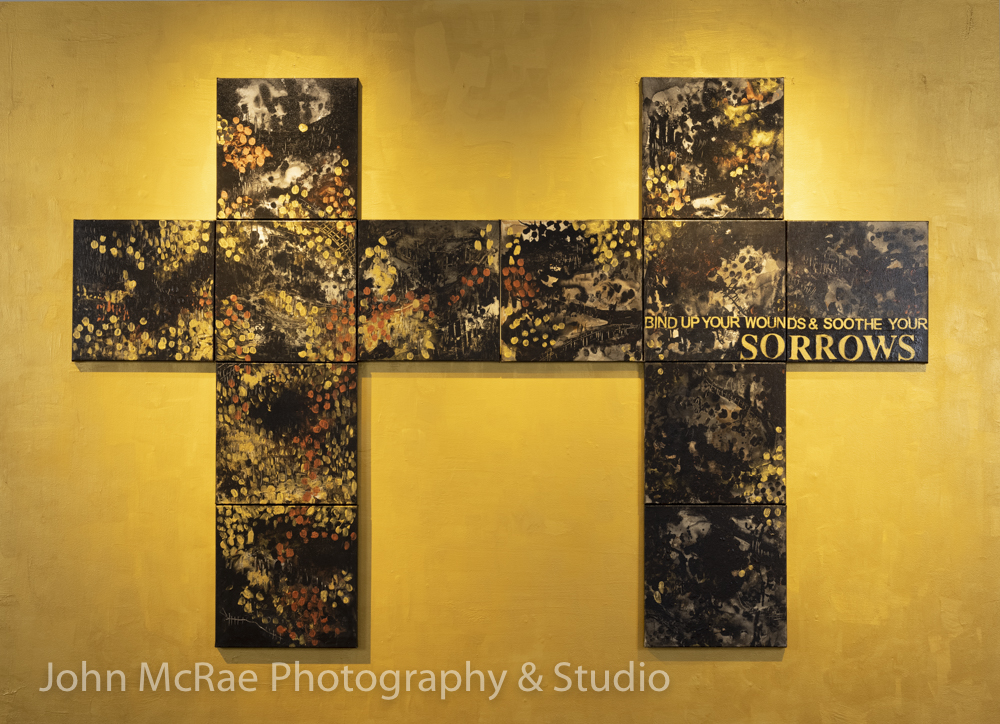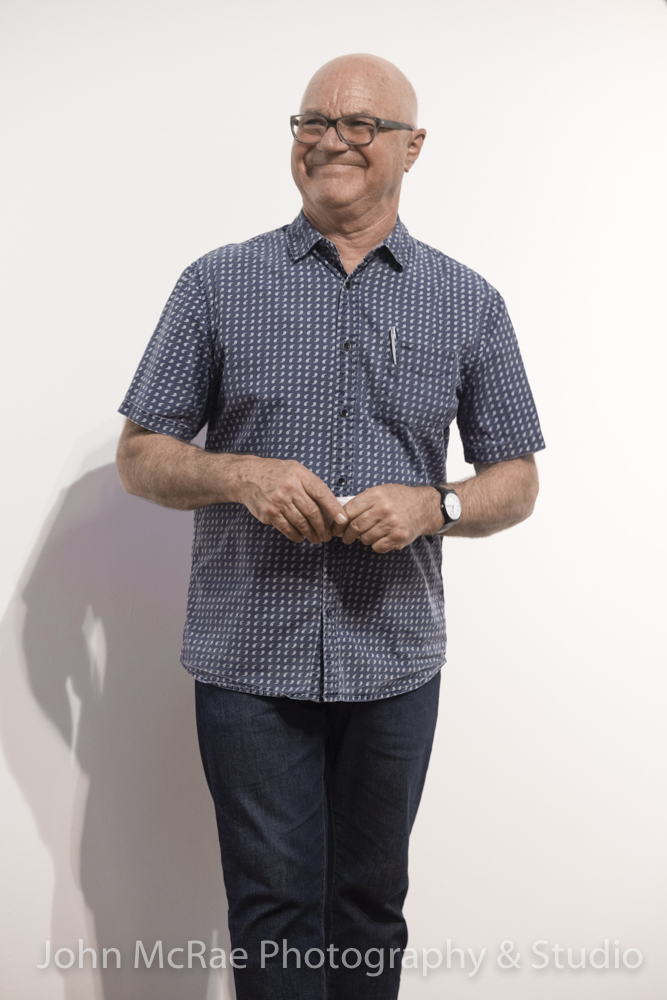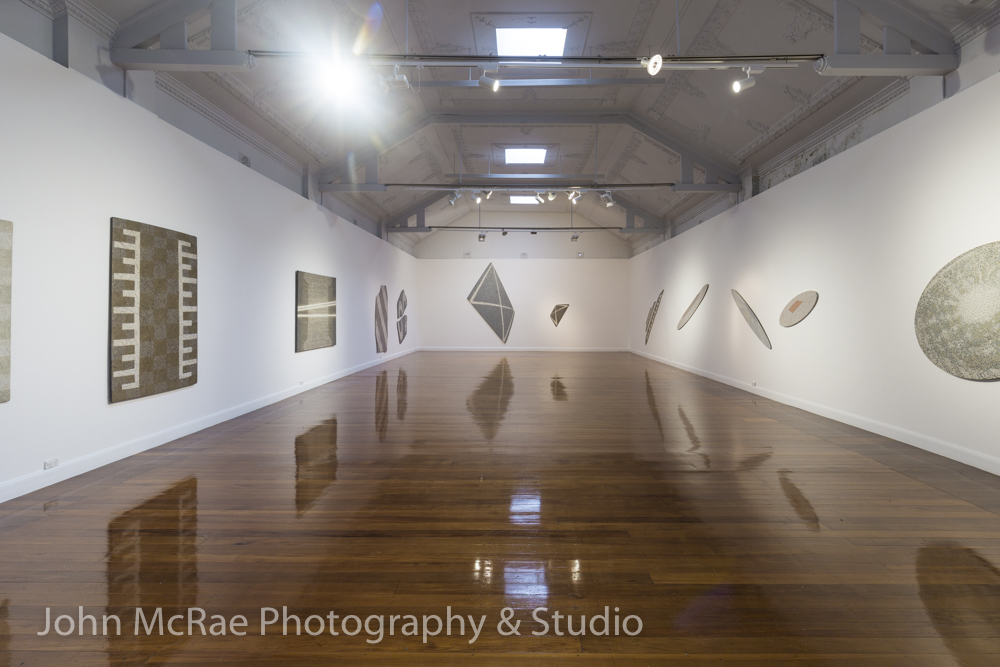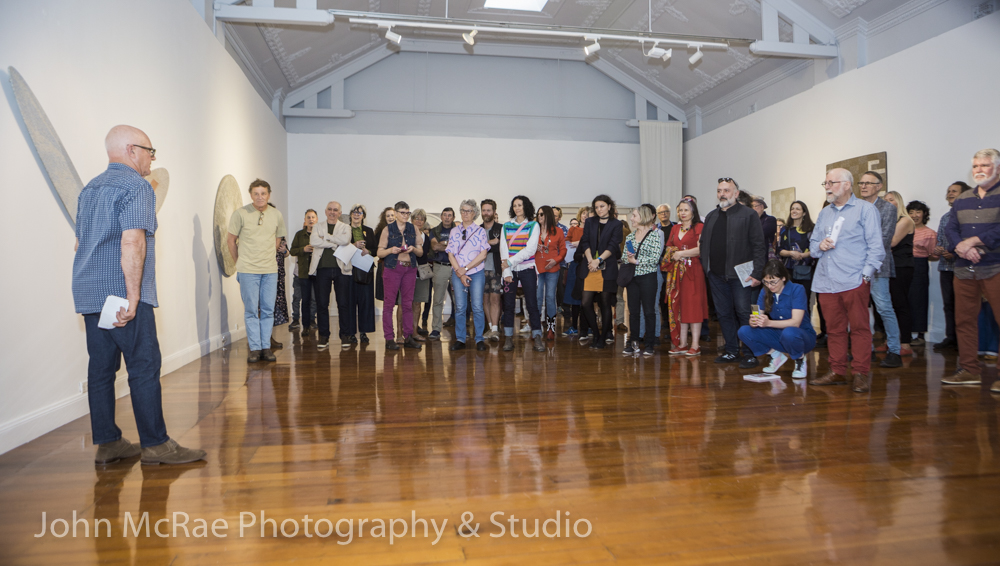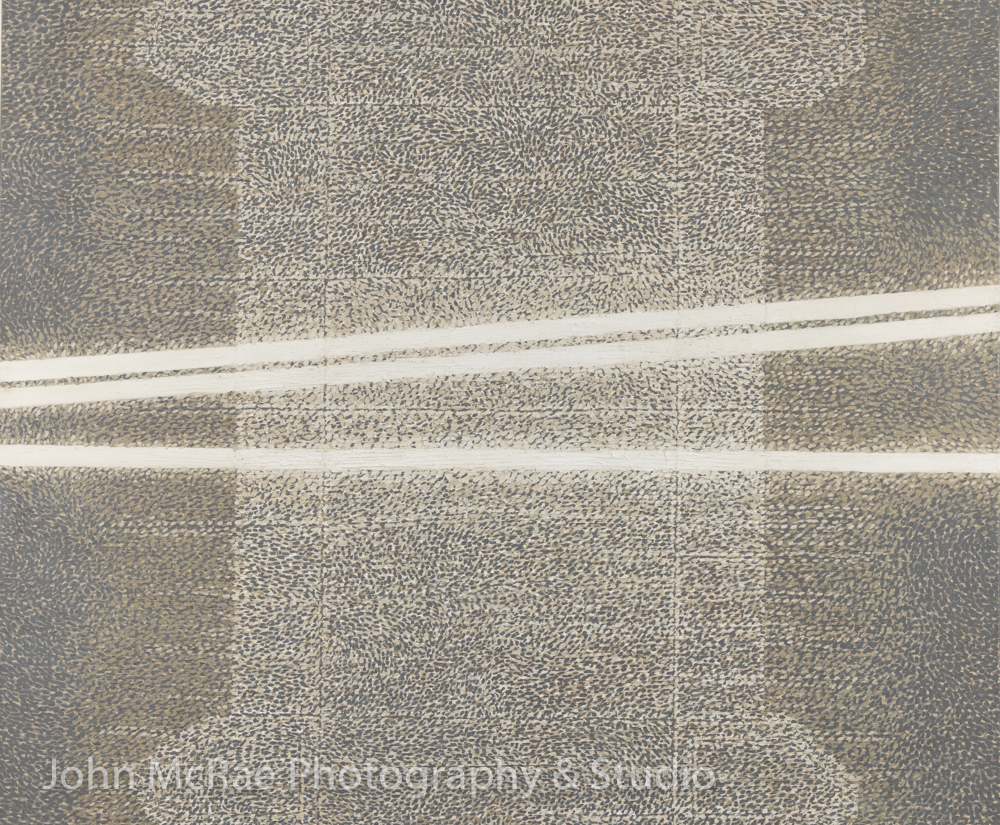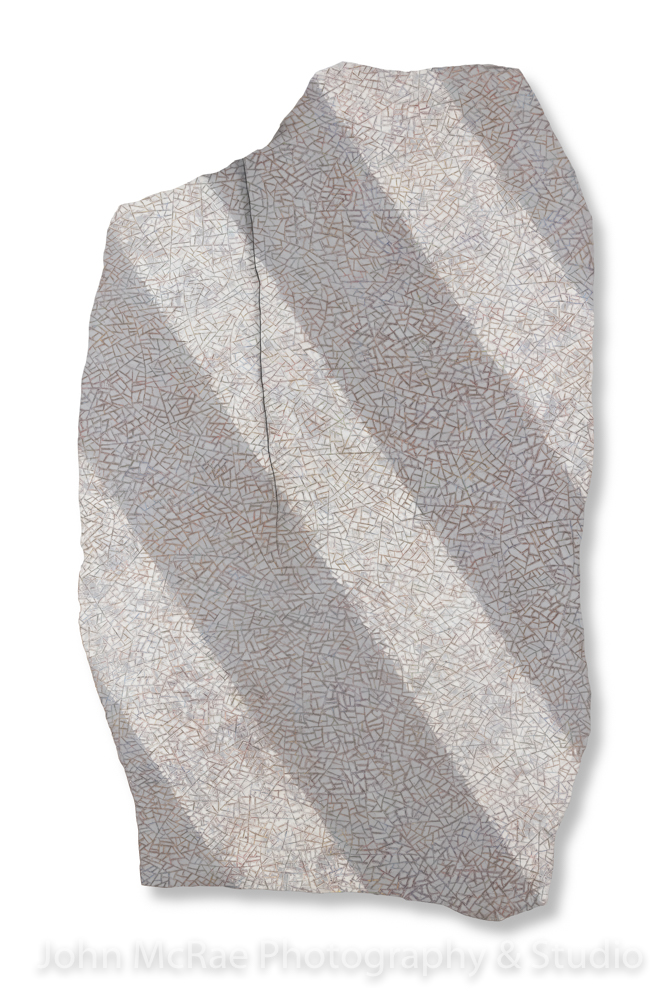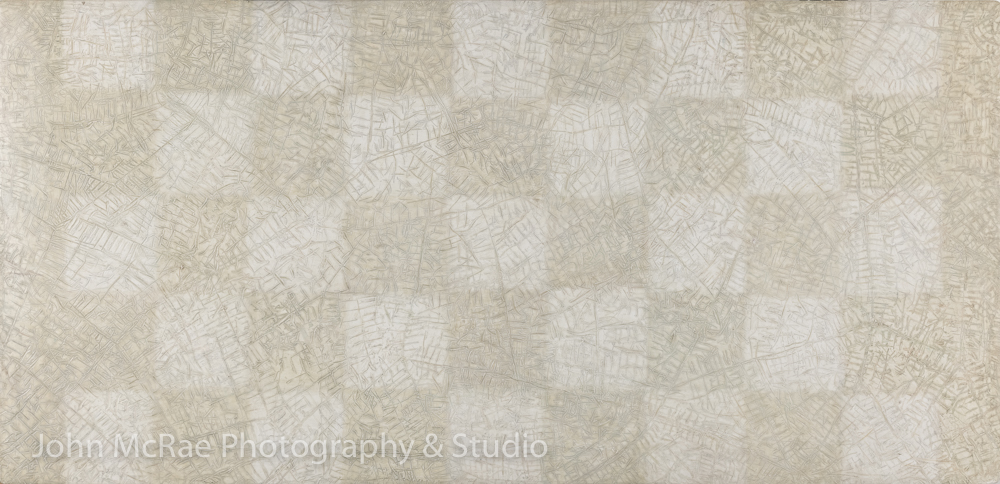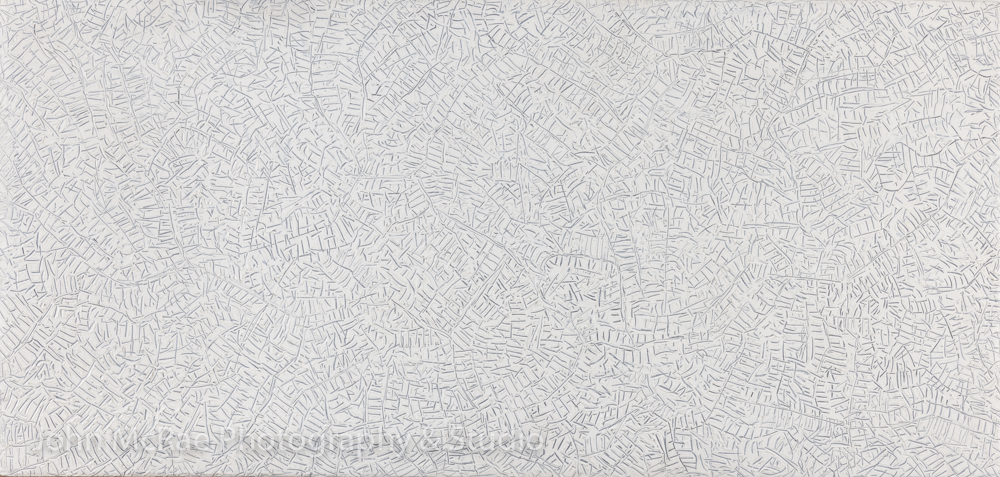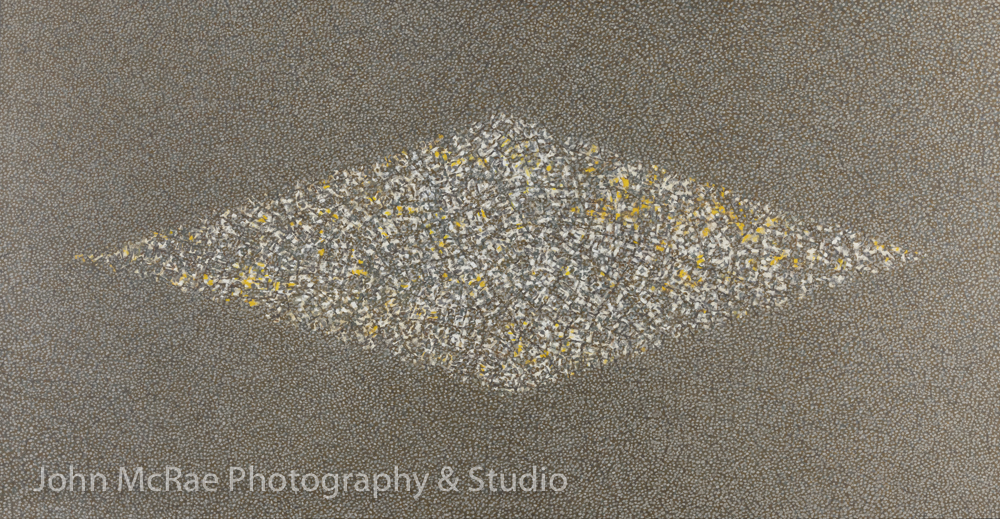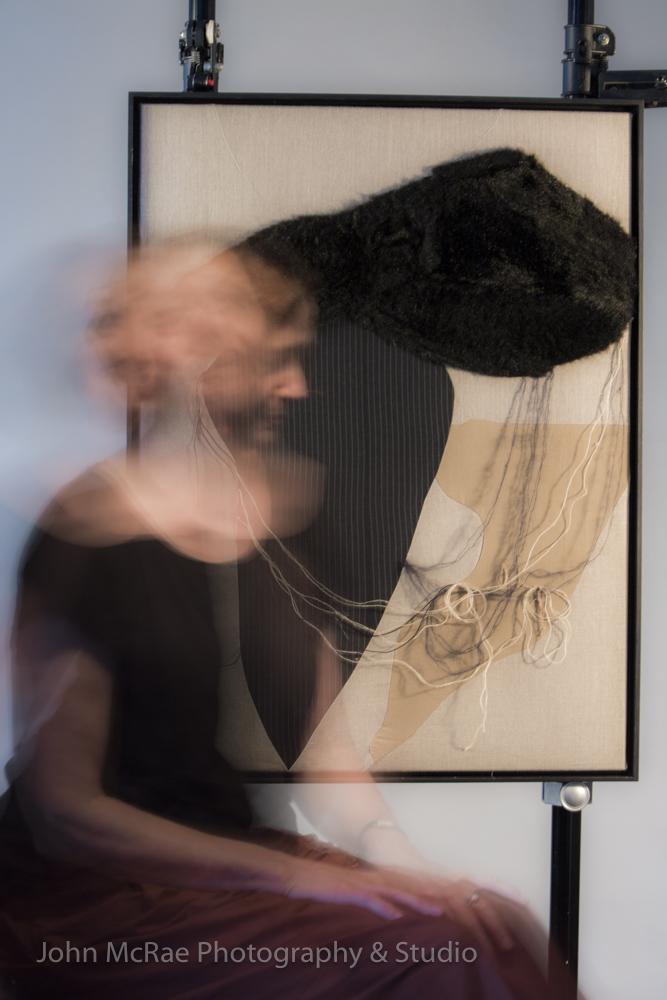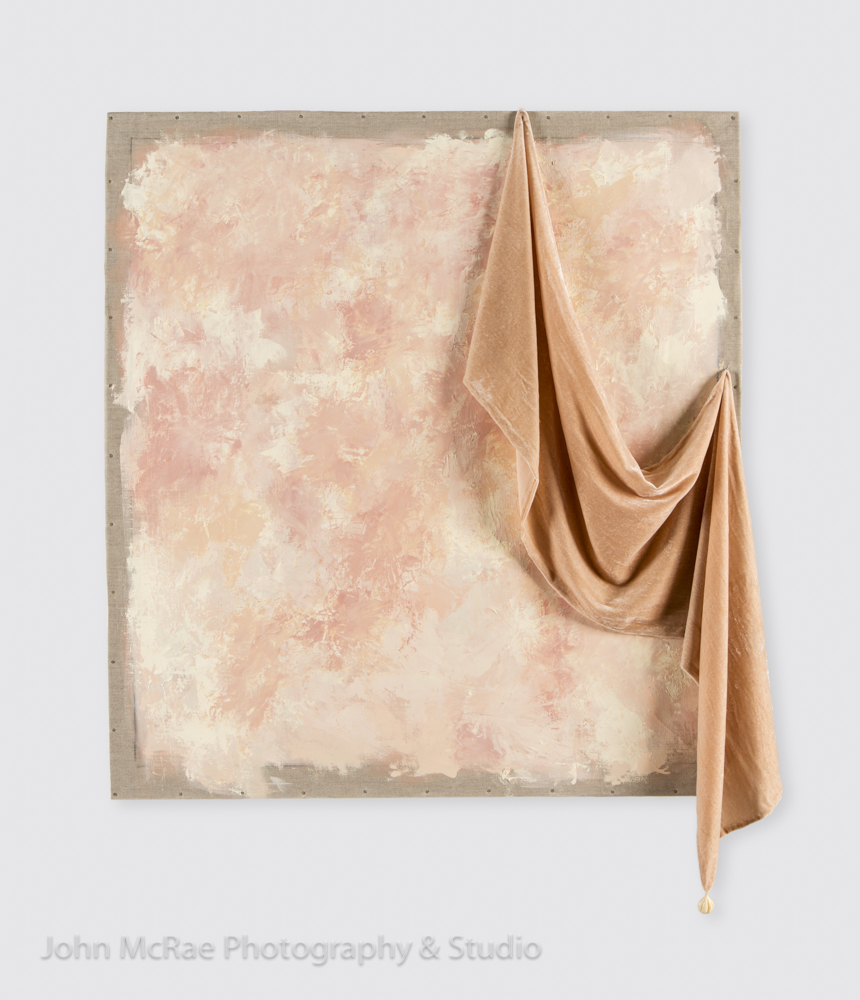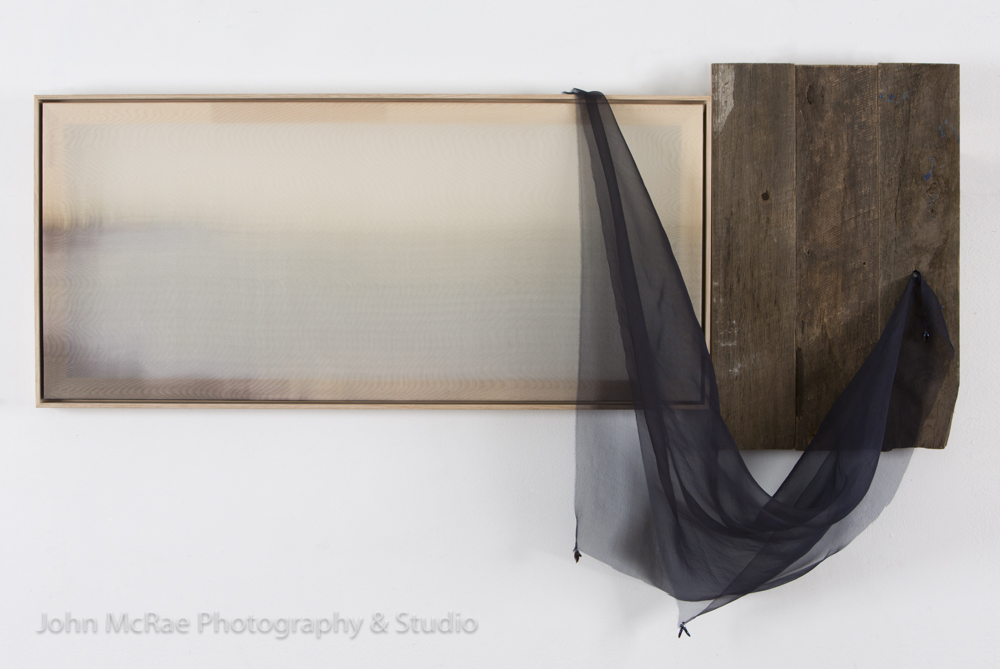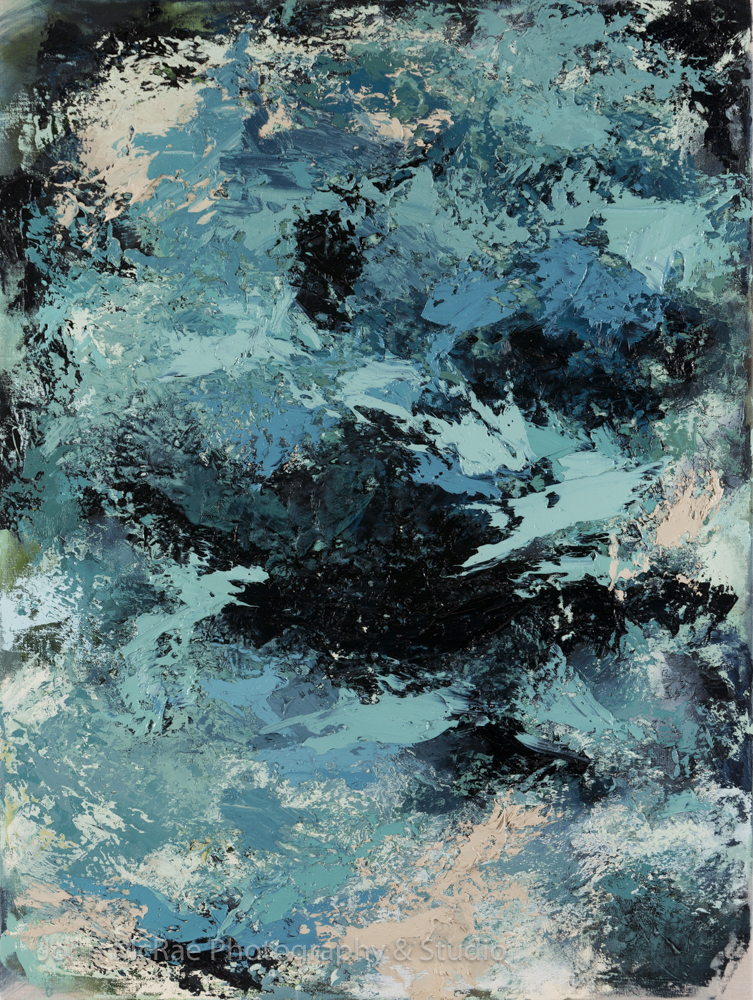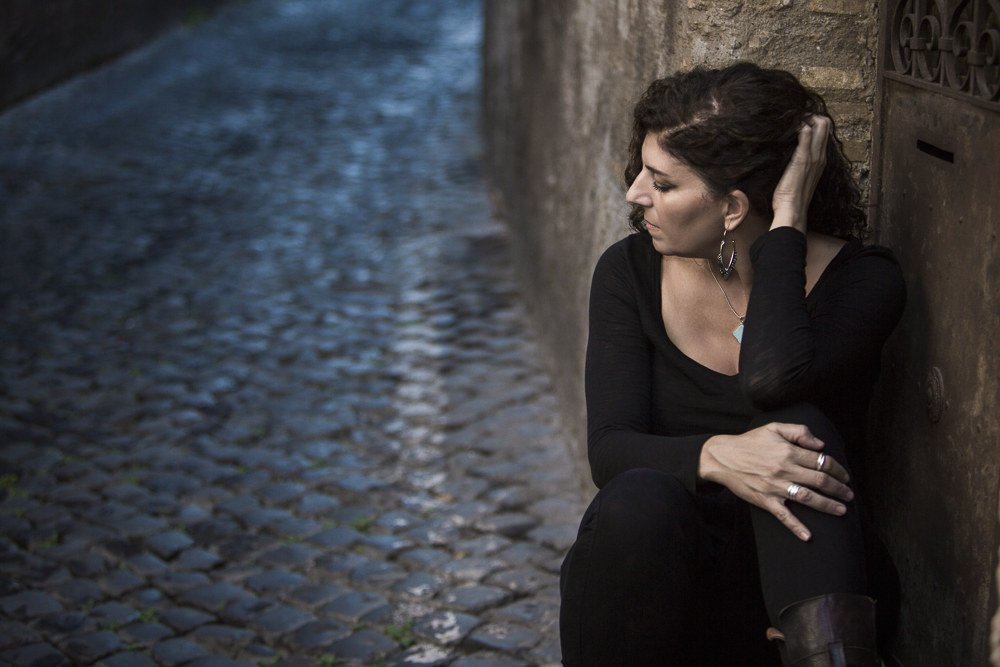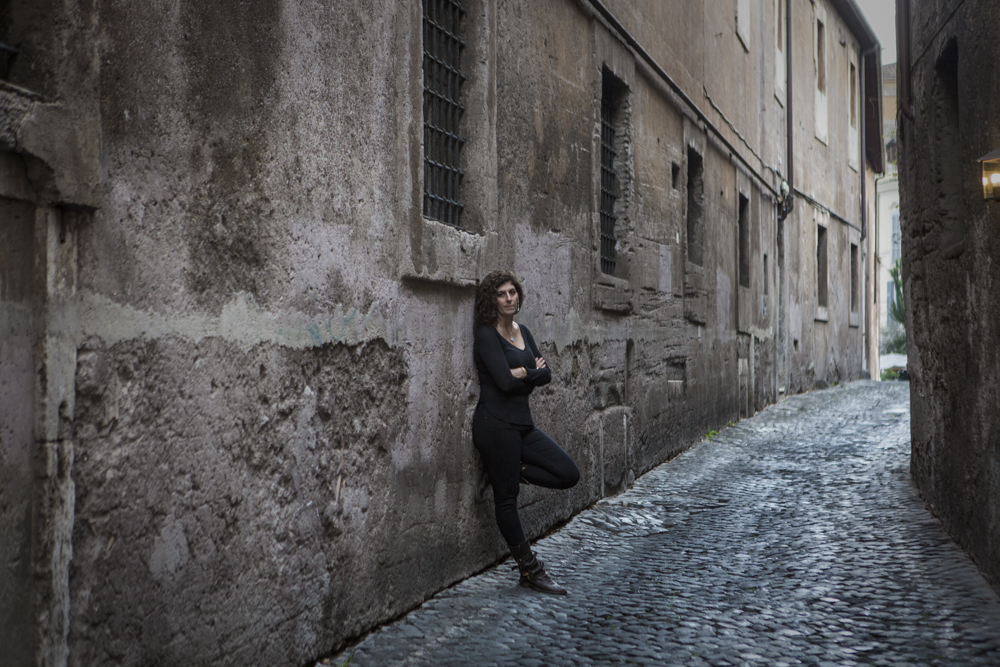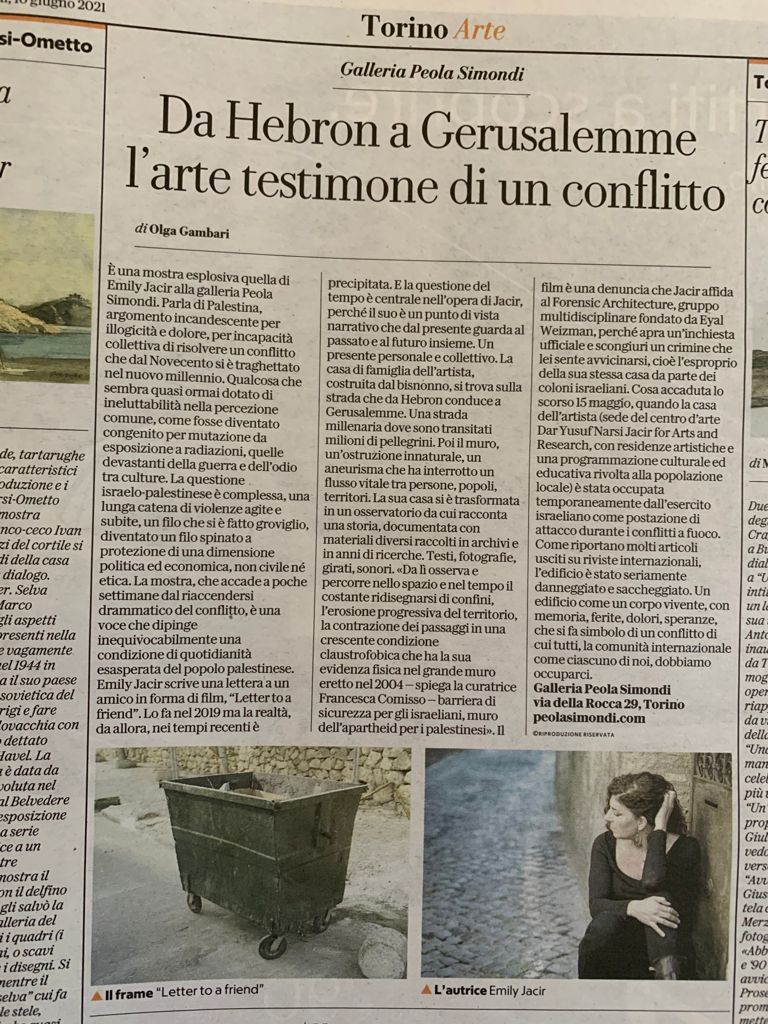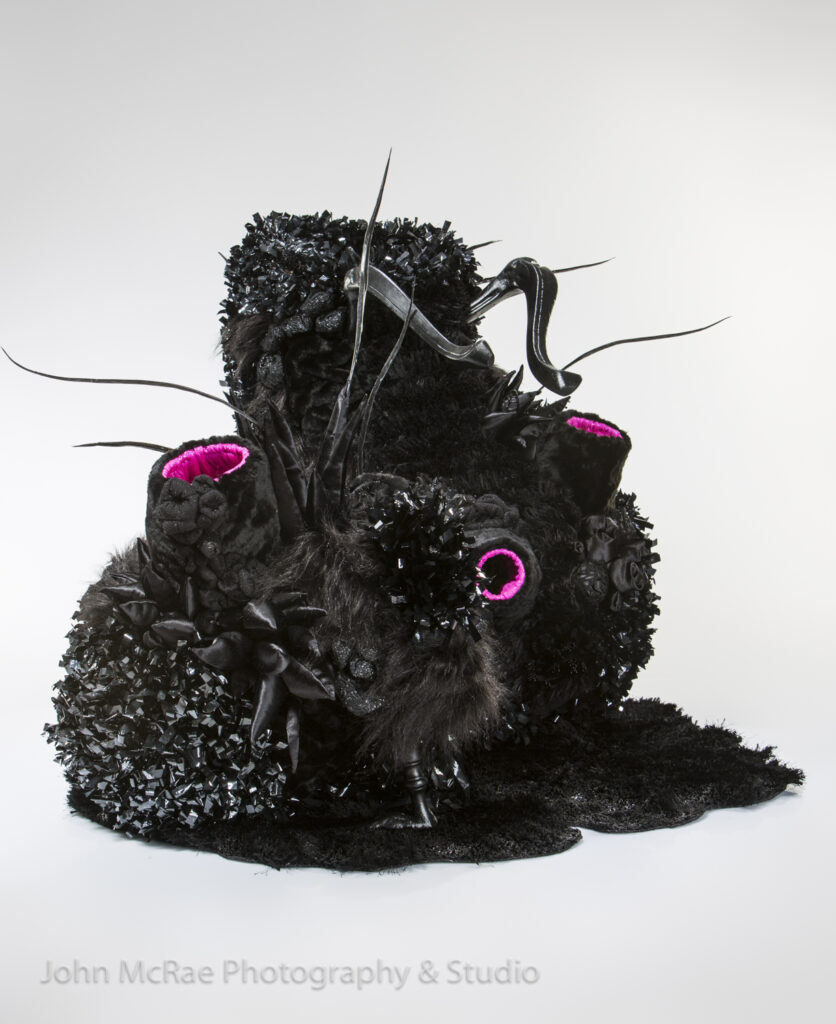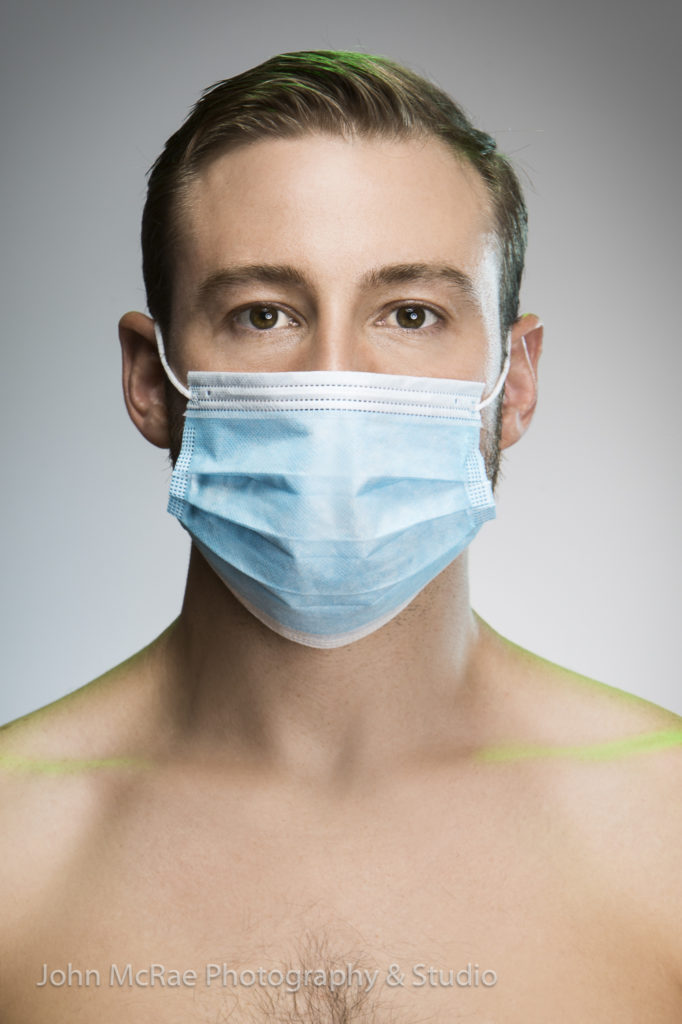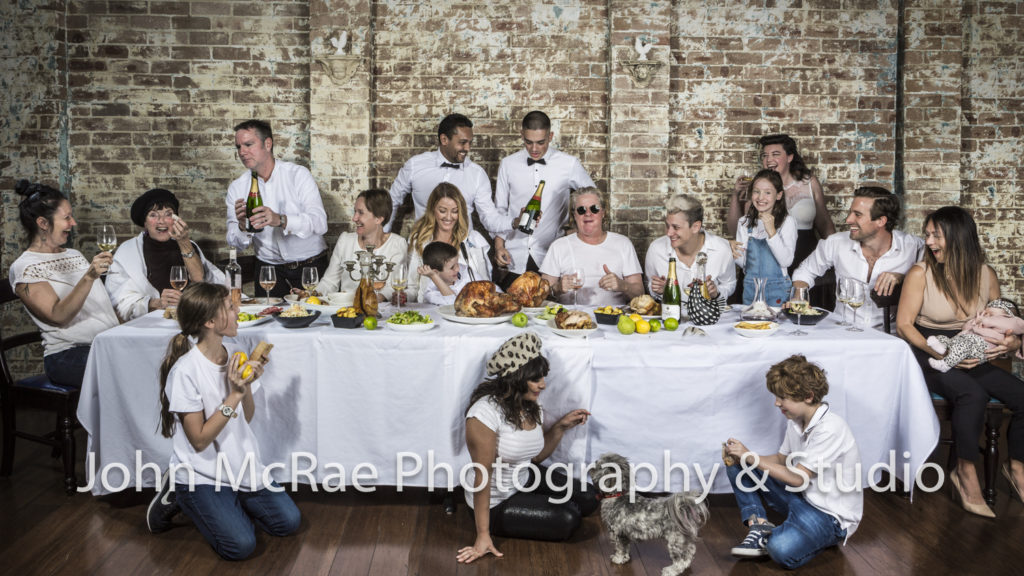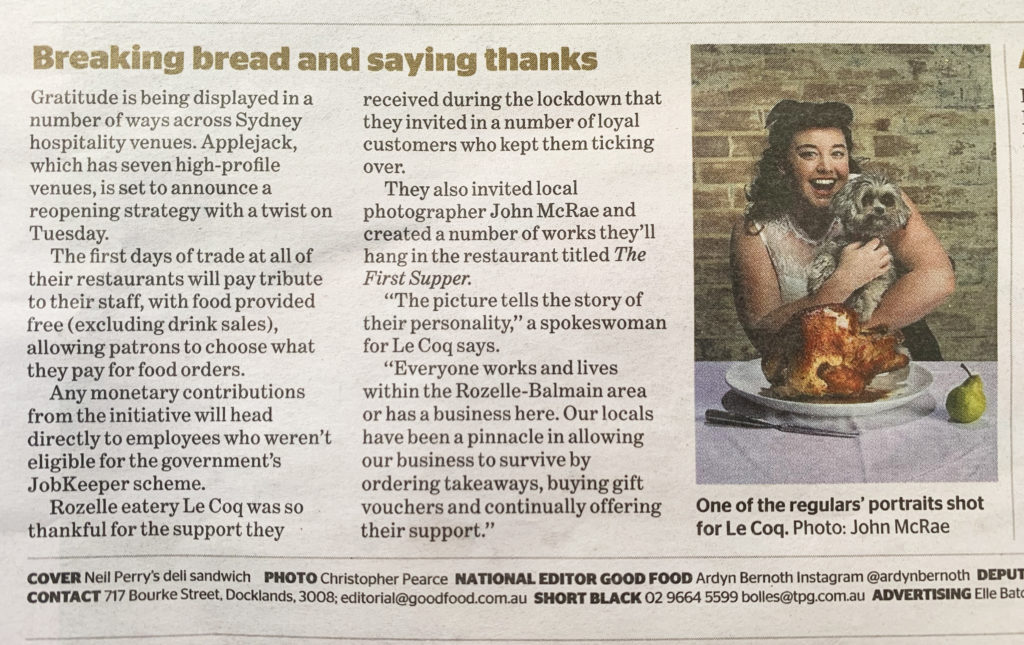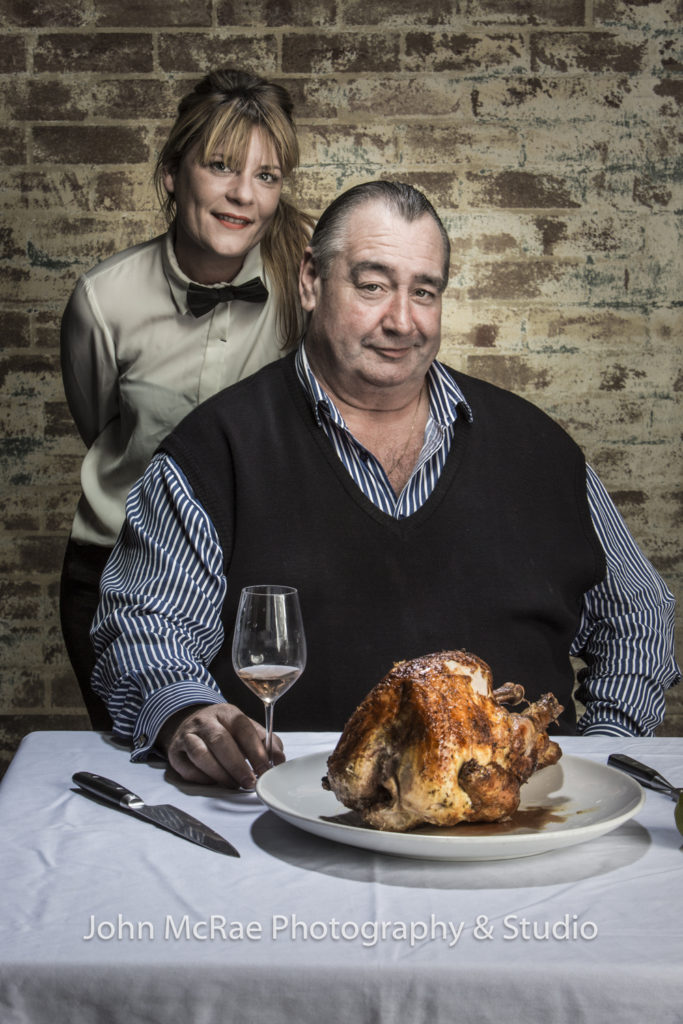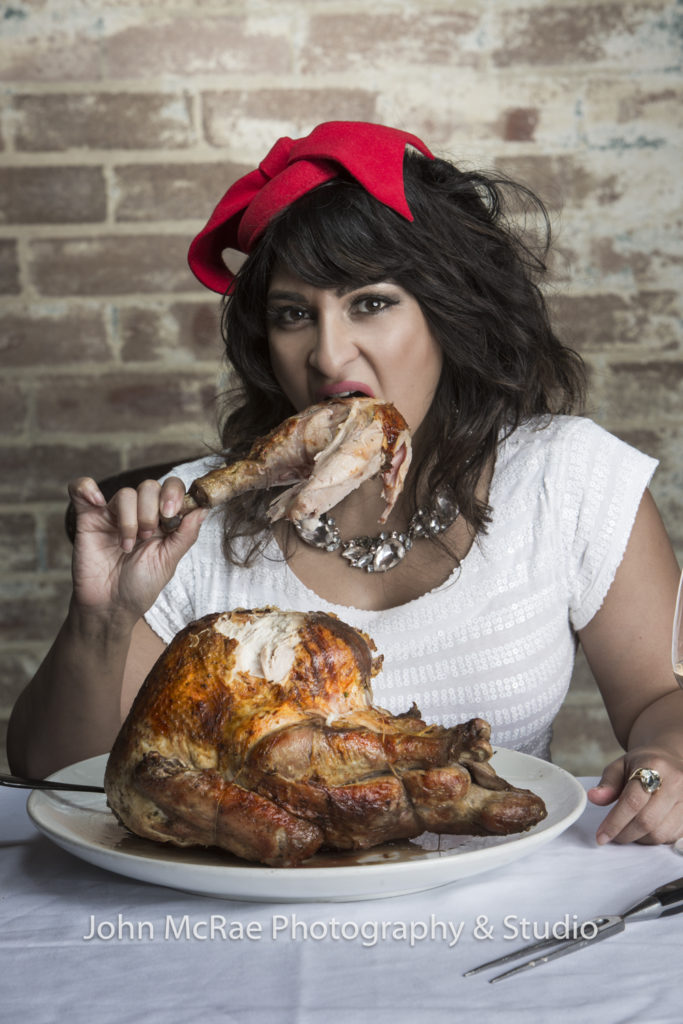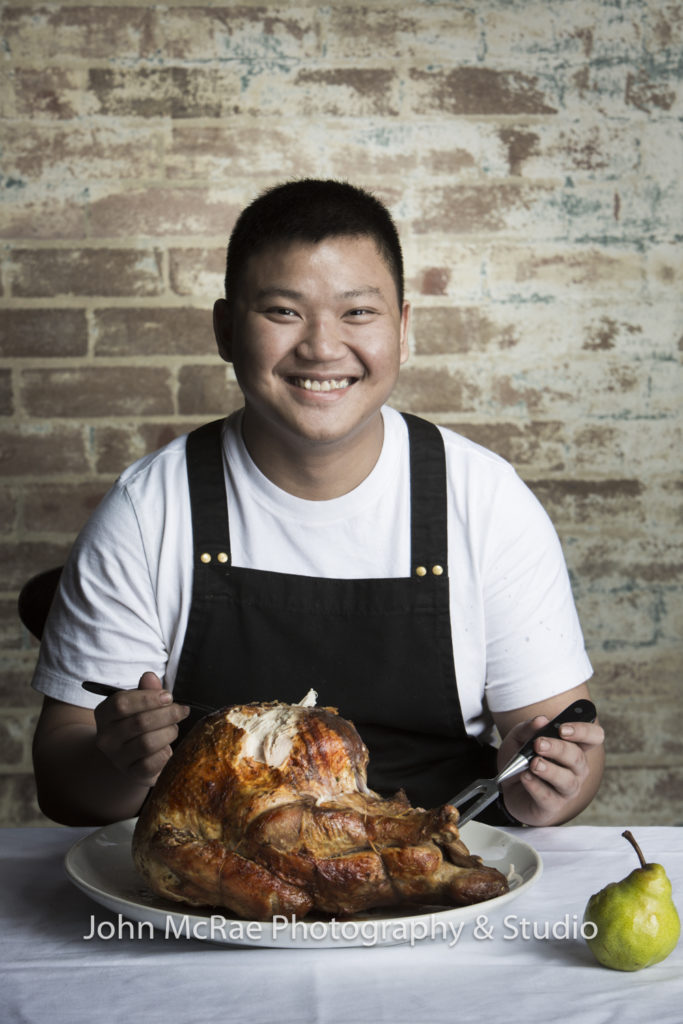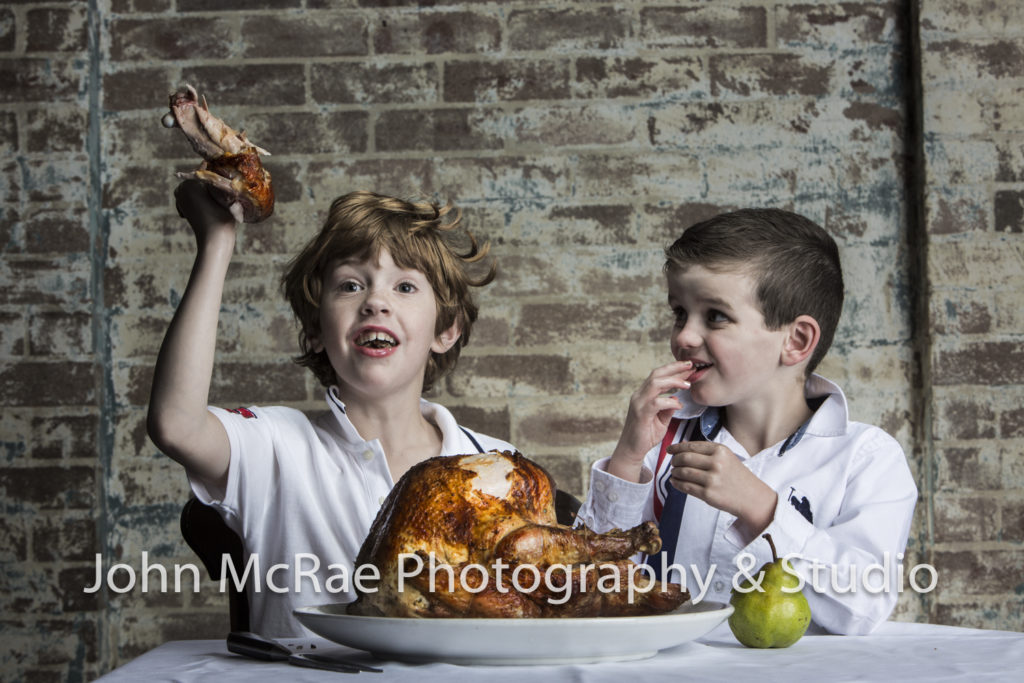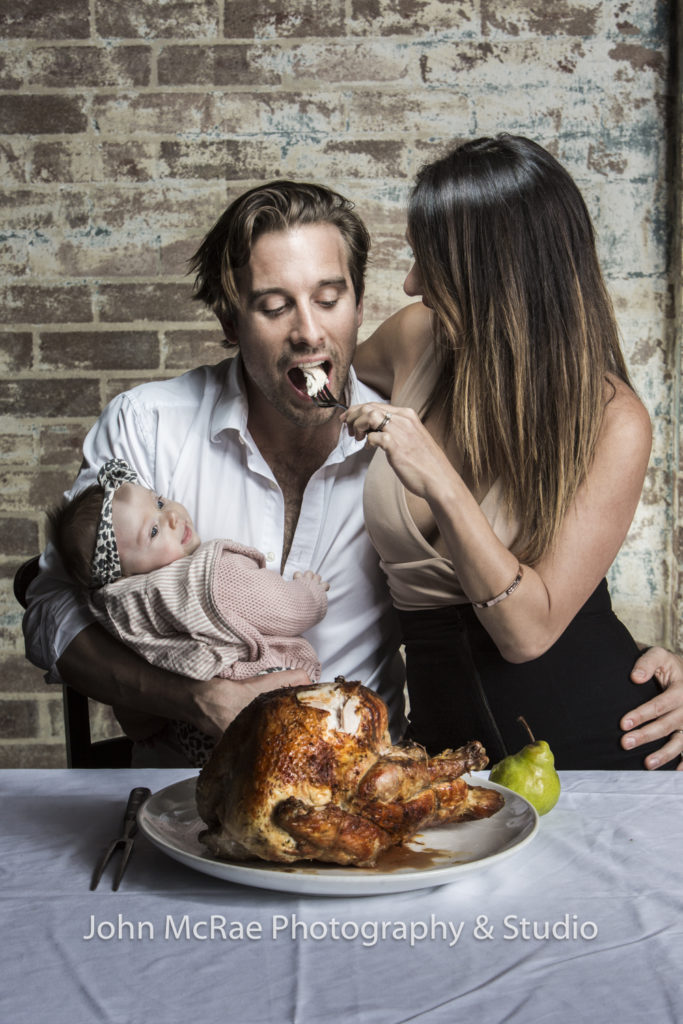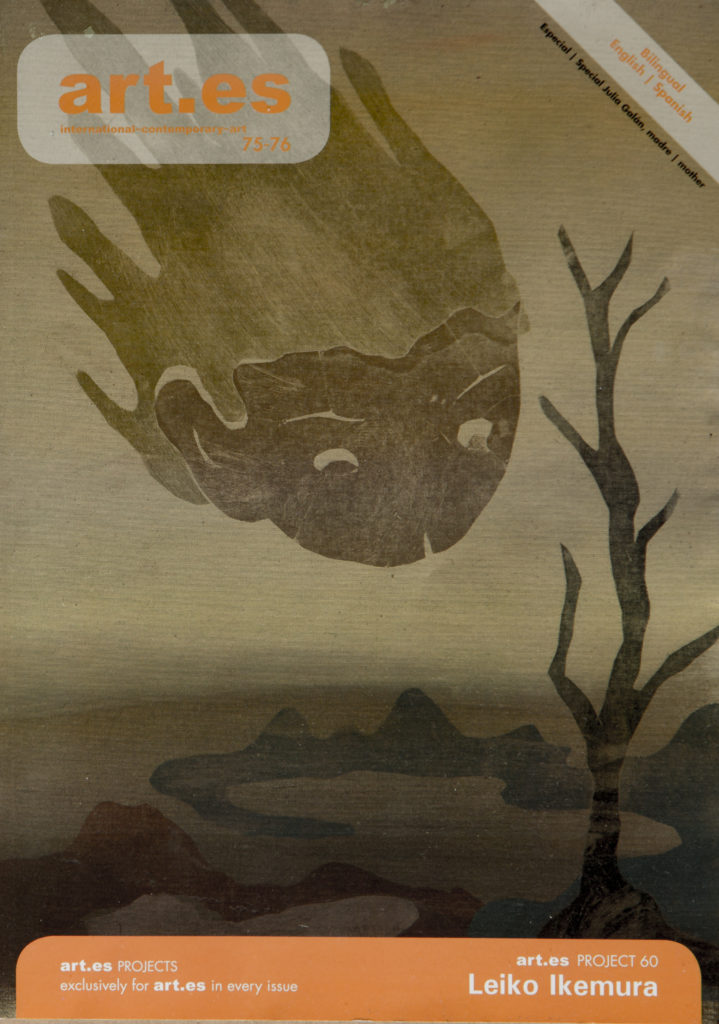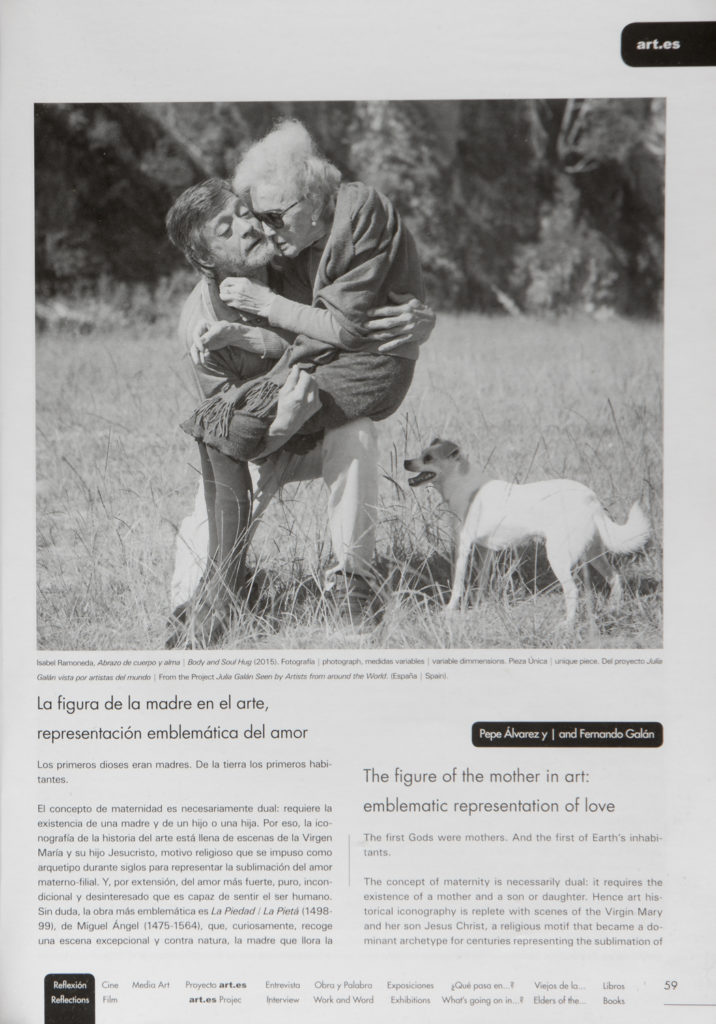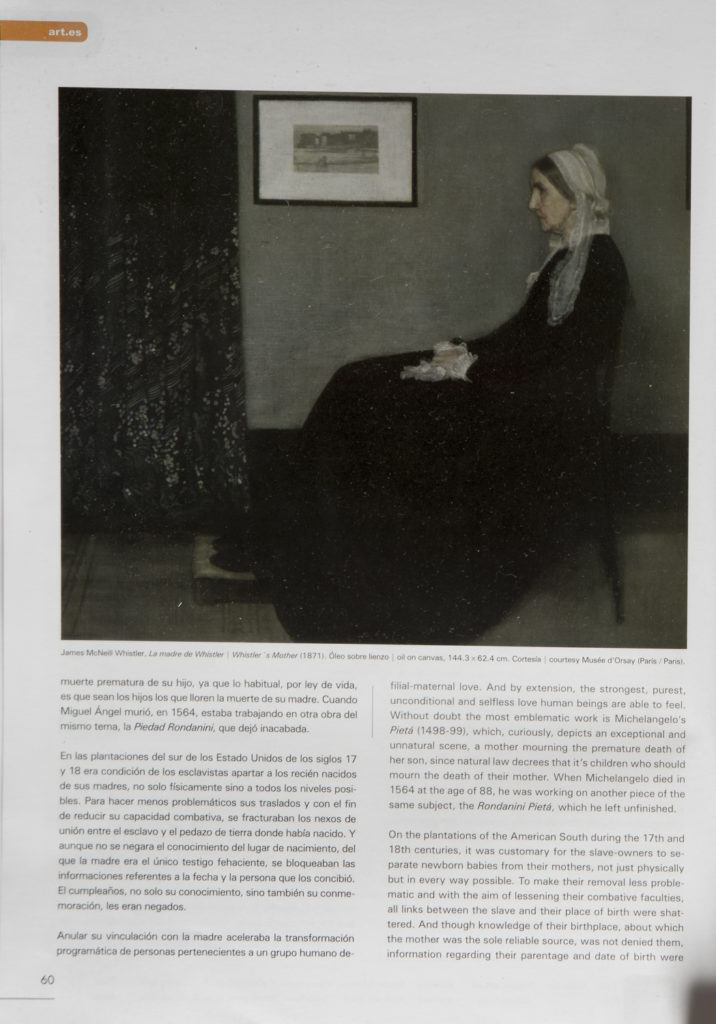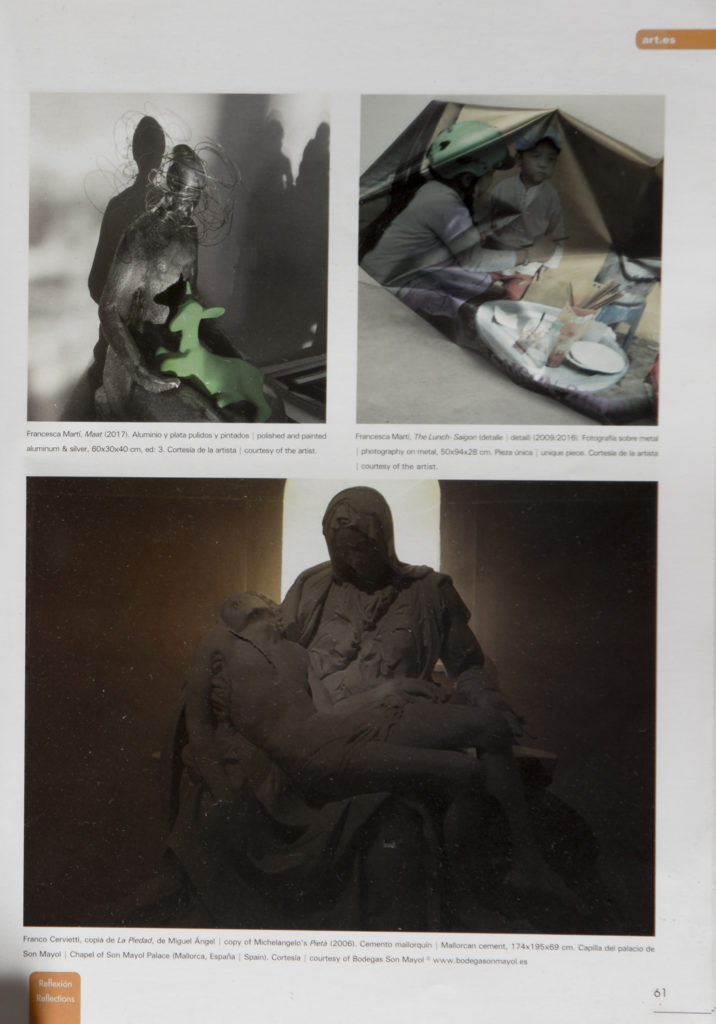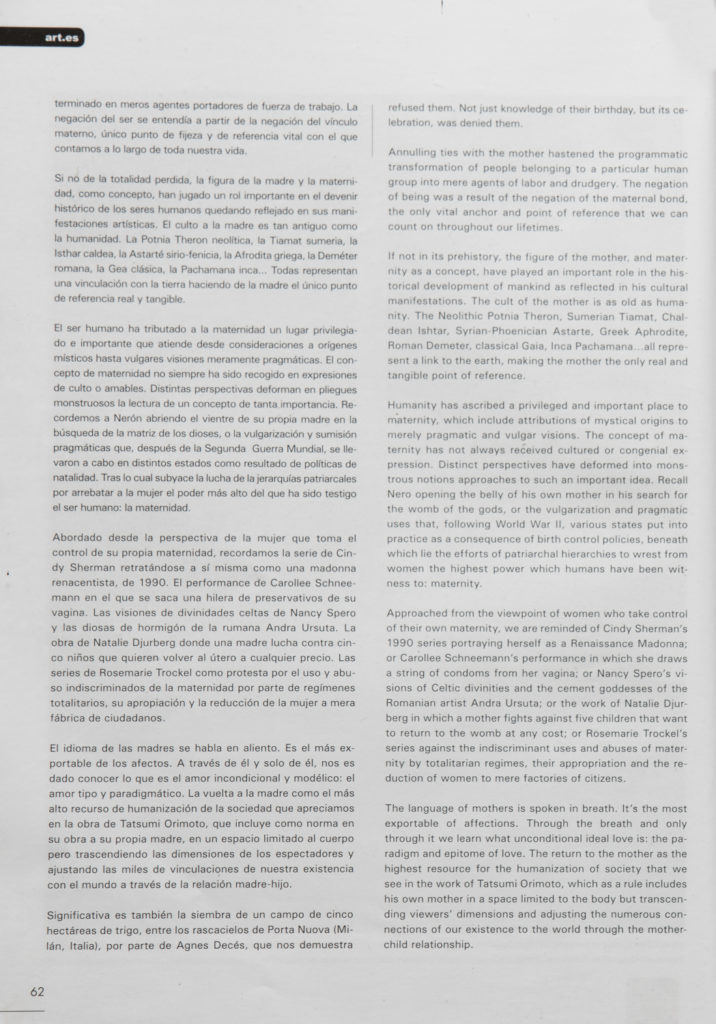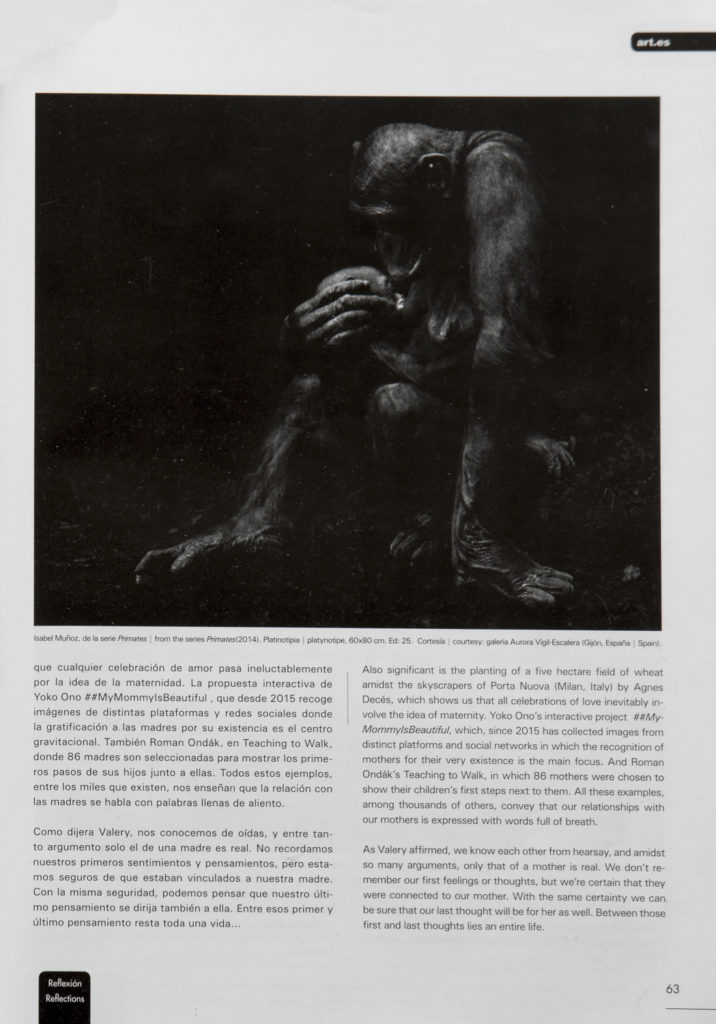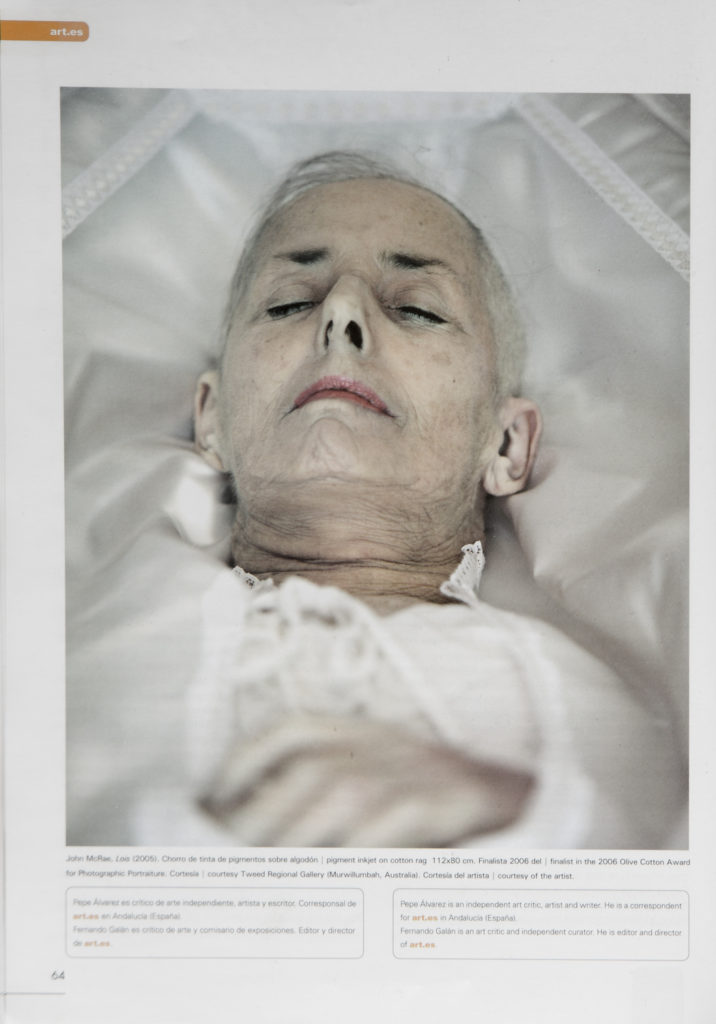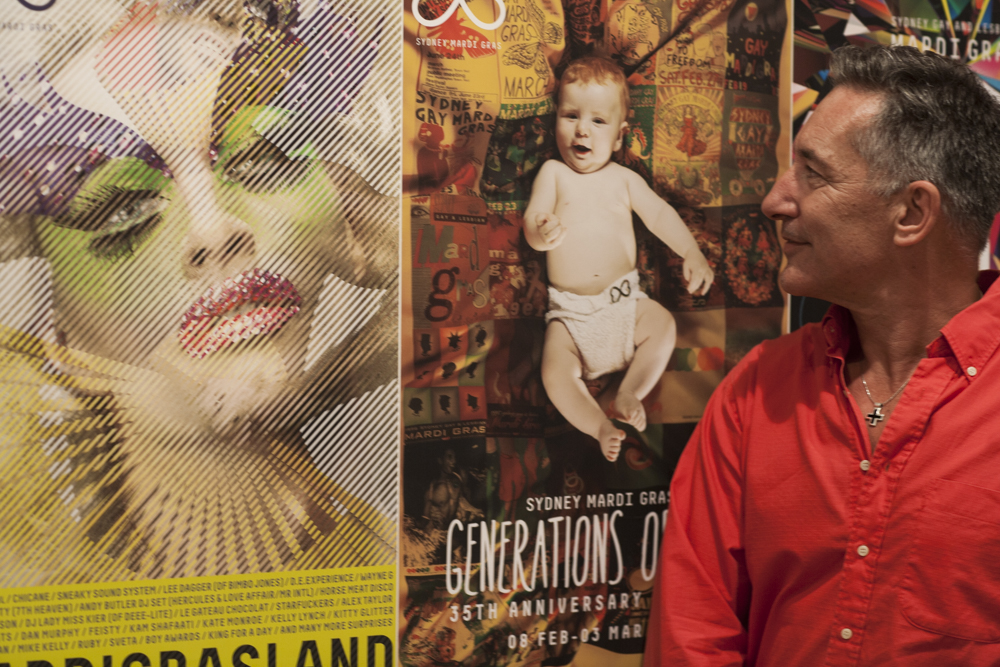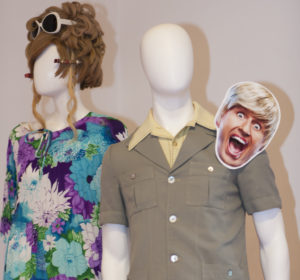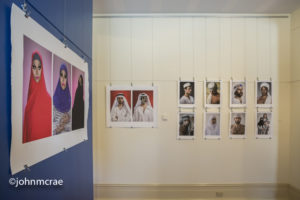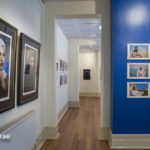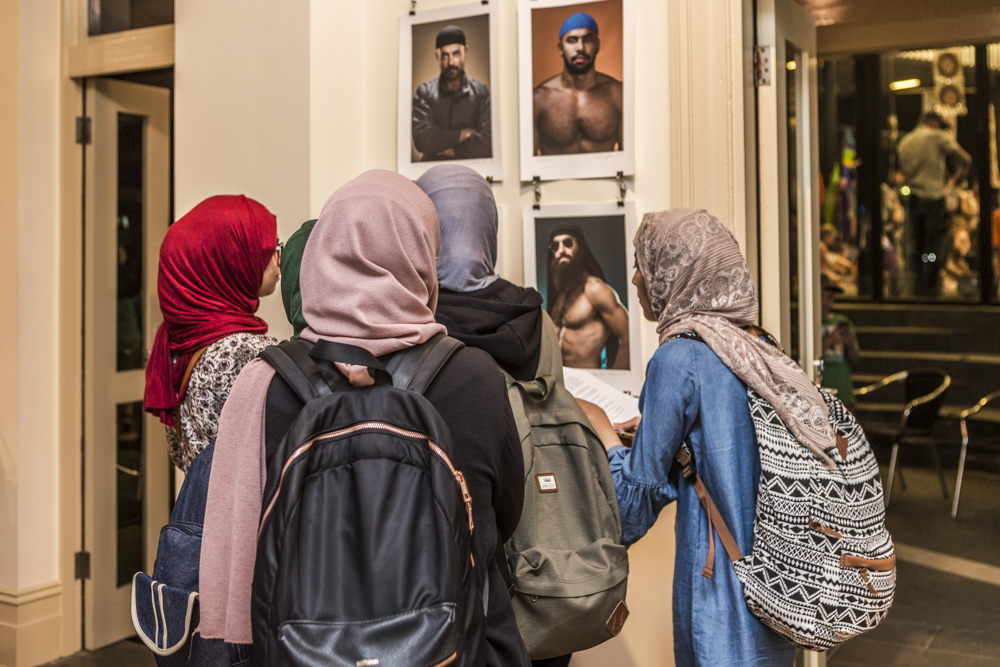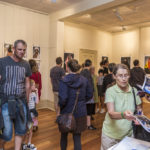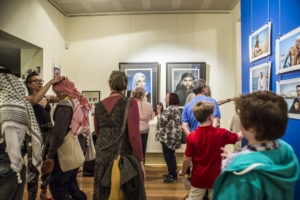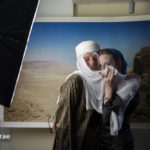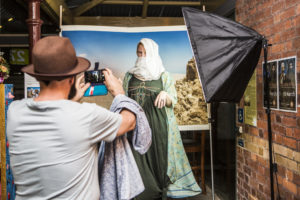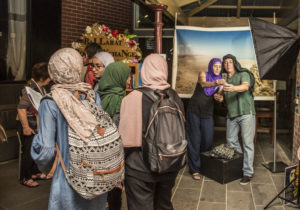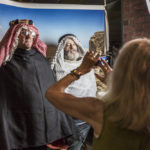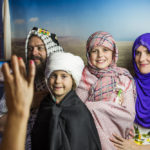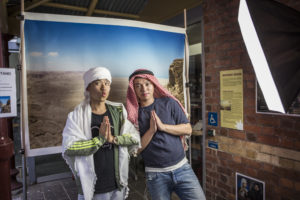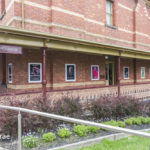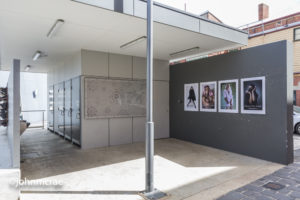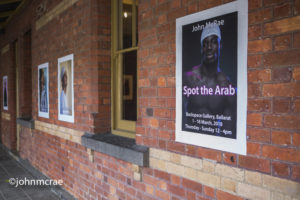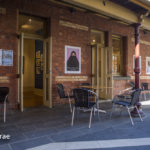Yashian Schauble (Australia China Art Foundation, ACAF) and Christina Zhao (Melbourne Chinese Business Association, MCBA) have collaborated on staging a wonderful event in Melbourne that features several art exhibitions as part of the Chinese Lunar New Year Festival in Melbourne.
As stated on the press release:
This year, as we celebrate the Year of the Wood Snake, Melbourne Chinatown will come alive with the city’s premier cultural event. Highlights of the festival include the iconic Millennium Dragon Parade, spectacular lion and dragon dances, dazzling lantern displays, and a feast of live performances ranging from traditional music to contemporary art showcases.
Themed around wisdom, intuition, and transformation, A Round Square Banquet explores personal identity and cultural inclusion through a stunning collection of over 30 works by artists from around the globe.
I am happy to say that a number of my photographs are represented in the exhibition at the Chinese Museum in Melbourne (through February 9). Information about three of my works is listed below.
Ali sits at the dinner table, an embodiment of indulgence fused with a certain effortless refinement. A glass of red wine rests beside him, its rich colour, a perfect match for the Italian speciality of Osso Buco before him. His presence radiates a raw, unapologetic masculinity, sensuality, and sexuality, infusing the vast dining hall with an almost palpable energy that contrasts sharply with conventional notions of fine dining. A single yellow tulip, vibrant and unpretentious, symbolizes his joy—an outward expression of his unrestrained pleasure as he savours each bite, completely immersed in the moment.
Winner of the critics choice award at the 2013 “Shoot the Chef” competition held by the Sydney Morning Herald
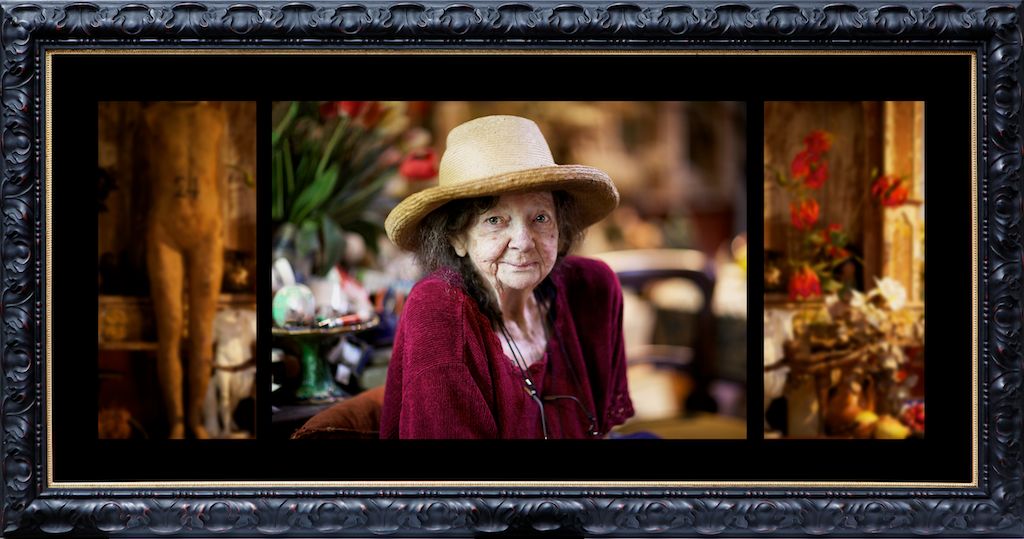
Portrait of Margaret Olley in her Paddington Studio, 2011
Pigment inkjet on cotton rag, 66cm x 154cm
Edition of 6 (1AP) (Signed lower right)
In mid-2011, had the great pleasure of photographing renowned Australian artist Margaret Olley in her Paddington studio, a place well known for its colourful clutter and referred to by some friends as ʻThe Dolls Houseʼ. In my portrait, Margaret is seated in her painting chair, confronting the lens with her particular sense of candour and an uncommon frailty. As far as I know, this may well be the last photo taken of her before her death the following
month in July. Christine France – art critic, author of Margaret Olley (1990), commented, “It is a wonderful photo in that it captures both the vulnerability and sense of enquiry which entered her face in the last months of her life”.
The Portrait was a selected finalist in the 2012 National Photographic Portrait Prize, National Portrait Gallery, Canberra. It won the inaugural People Choice Award at the National Photographic Portrait Prize.
The Tweed River Art Gallery purchased the work as part of their permanent collection with the intention of displaying the portrait as part of the Margaret Olley Art Centre, Murwillumbah.
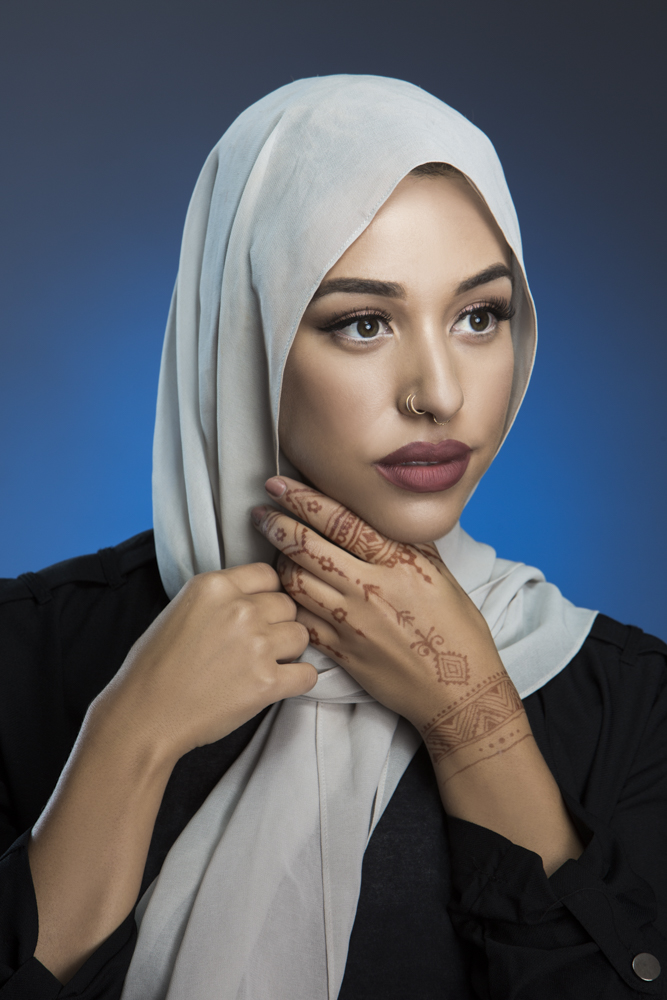
Amirah I, Sydney 2017
Pigment inkjet on cotton rag 92cm x 63cm
Edition of 9 (AP)
(from the series “Spot the Arab”)
This striking portrait of Amirah forms part of the “Spot the Arab” series of photographs. The project engages with portraiture as a vehicle for exploring complex themes of identity, including religion, race, gender, orientation, nationality, and freedom.
Presented initially in a game-like format, Spot the Arab invites viewers to question whether the subject of each image self-identifies as Arab, thus prompting reflection on assumptions and societal constructs.
For the series, the artist imposes a Middle Eastern costume on each subject, using it as a tool to both veil and reveal aspects of cultural identity. Each subject is then asked to articulate their own sense of identity, a process that challenges preconceptions, stigma, and prejudice.
At the time of this photograph, Amirah was a social worker in Sydney’s western suburbs and identified as an Egyptian Arab woman.
